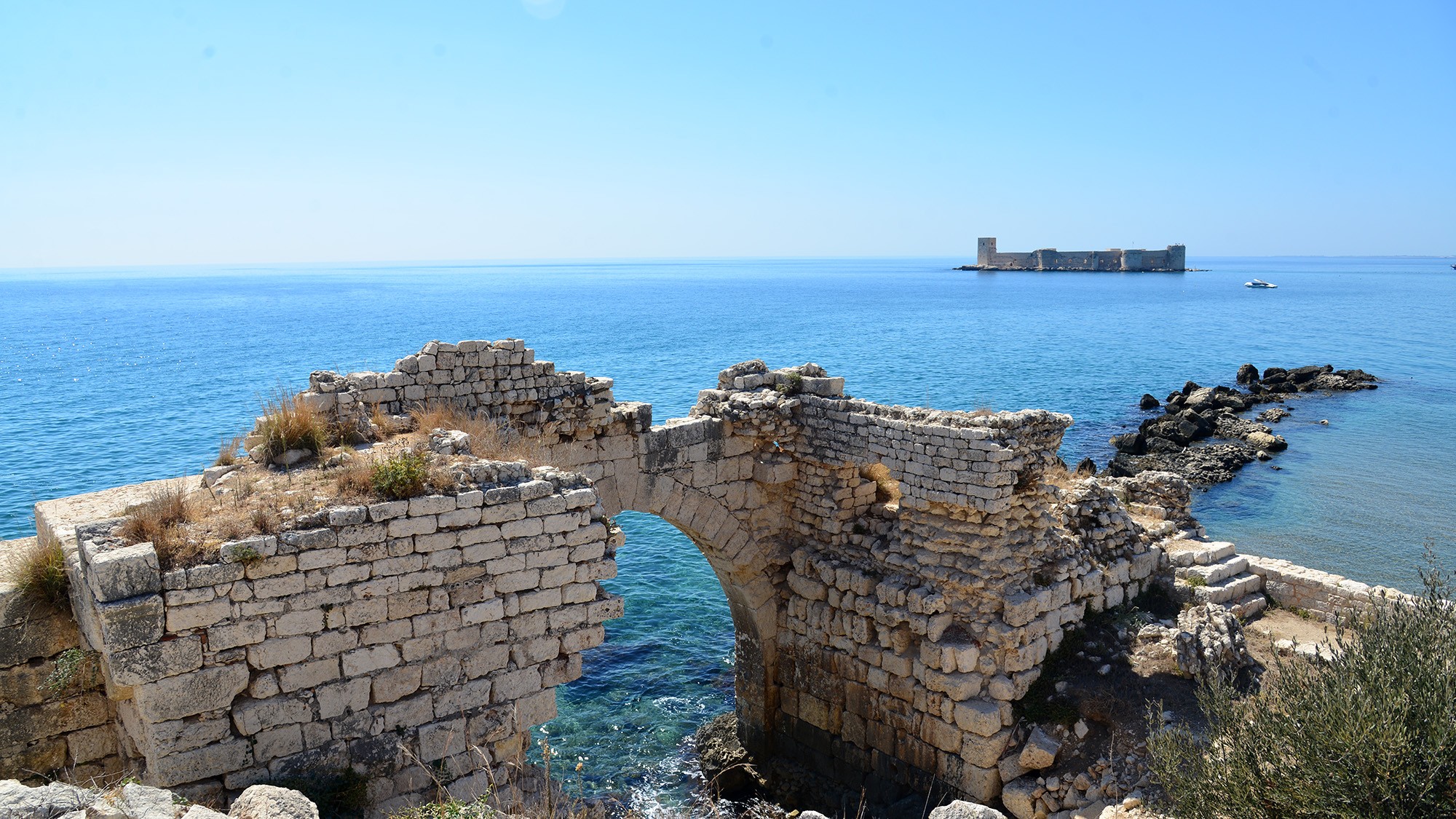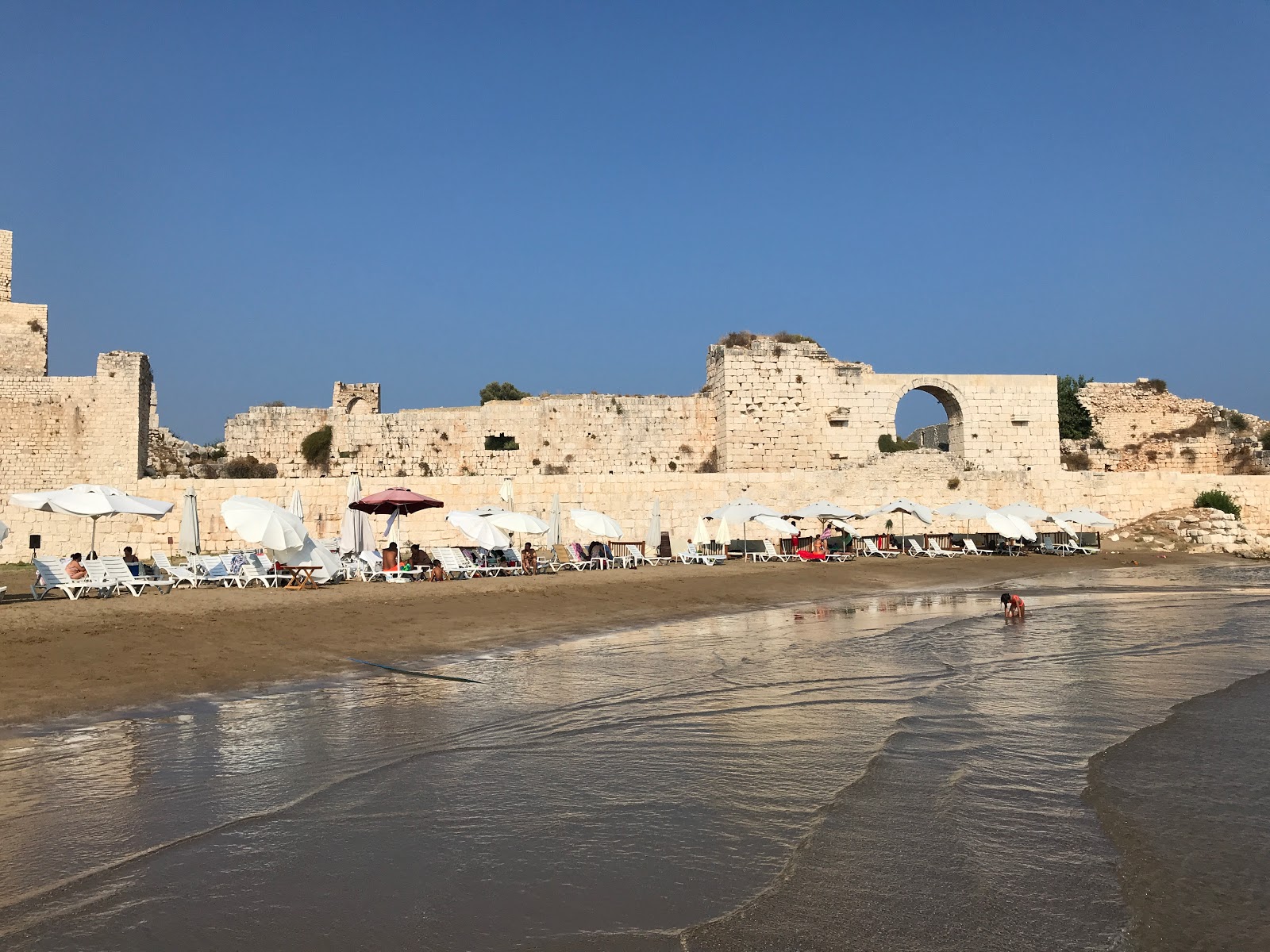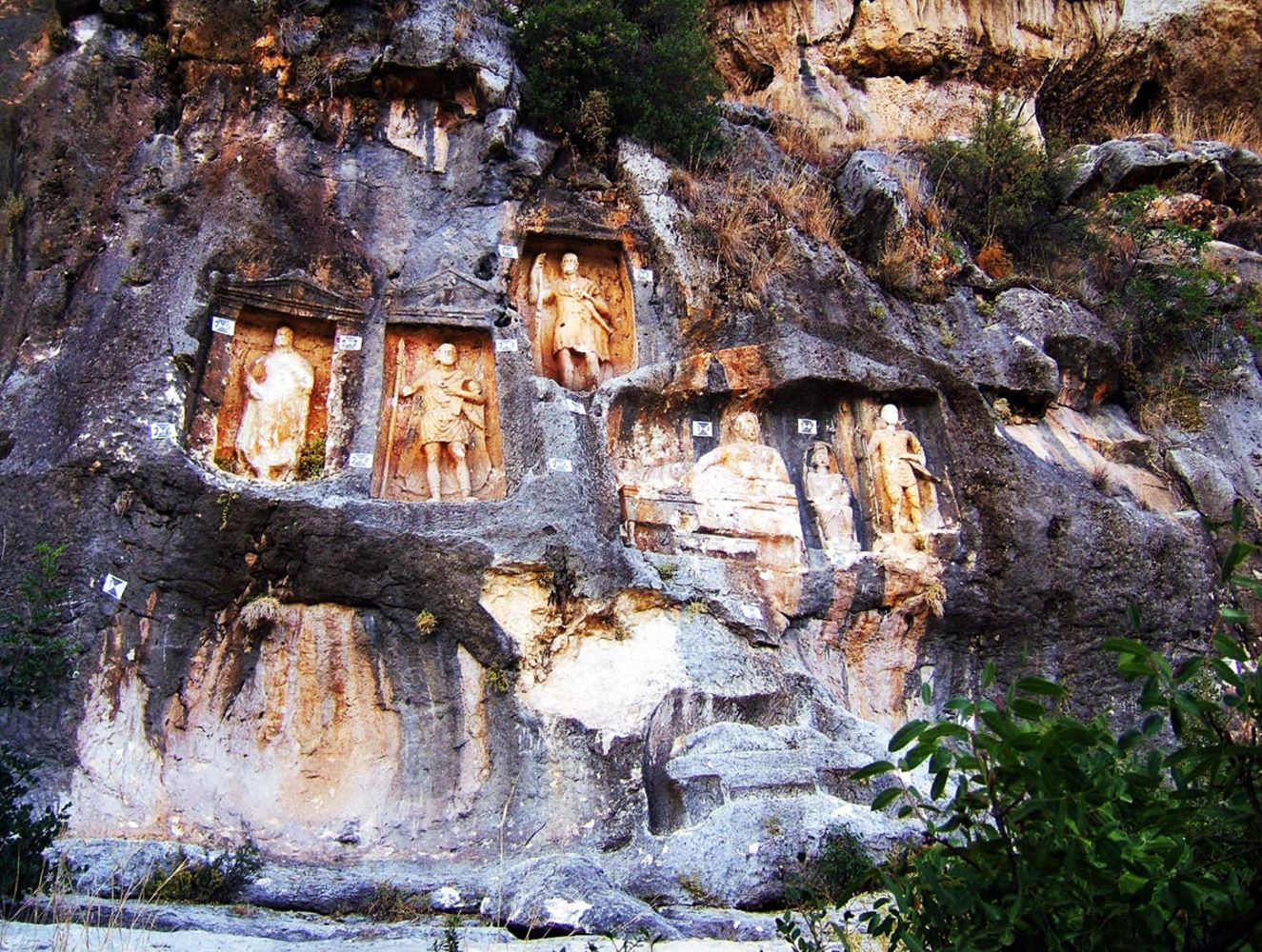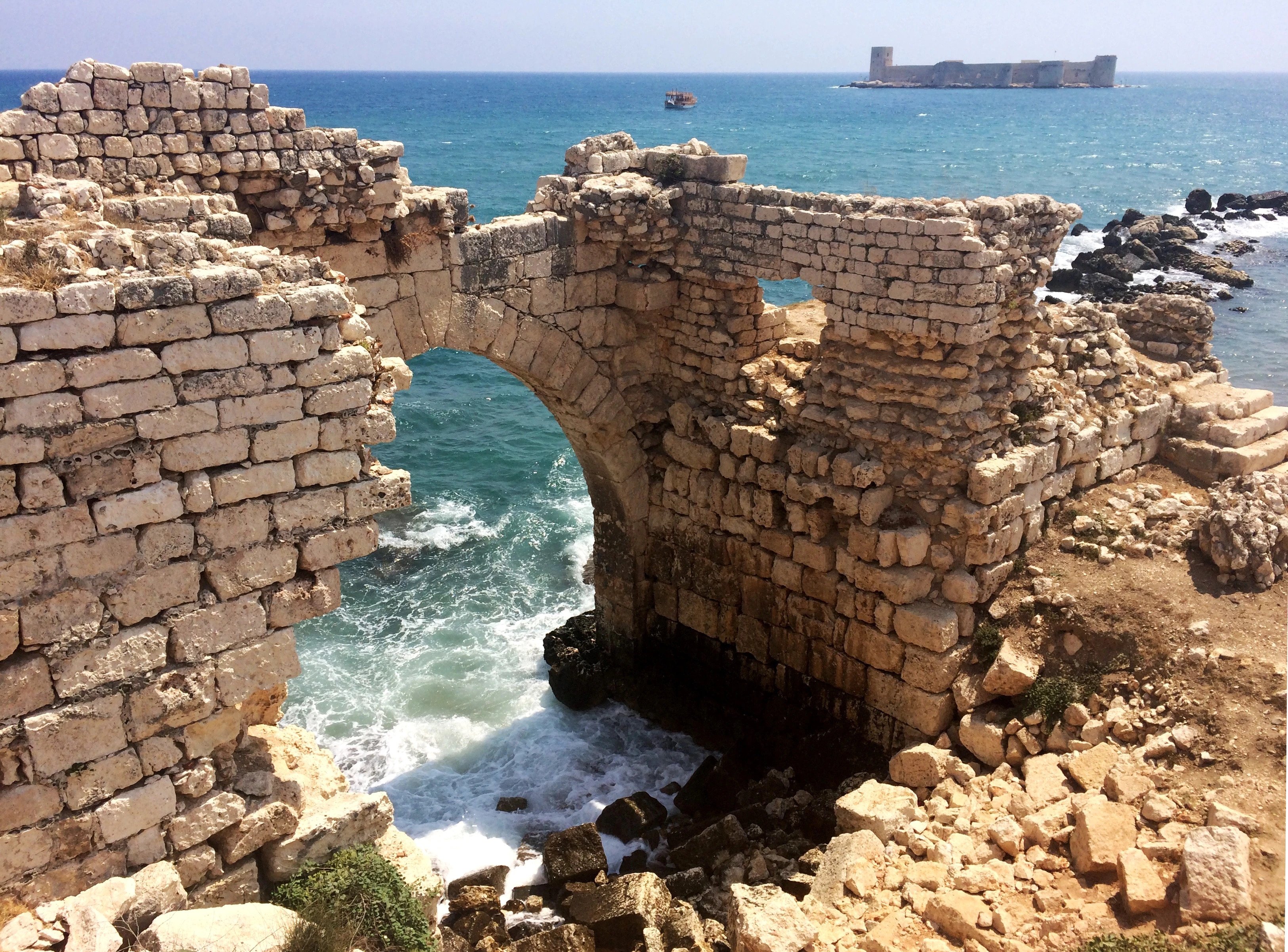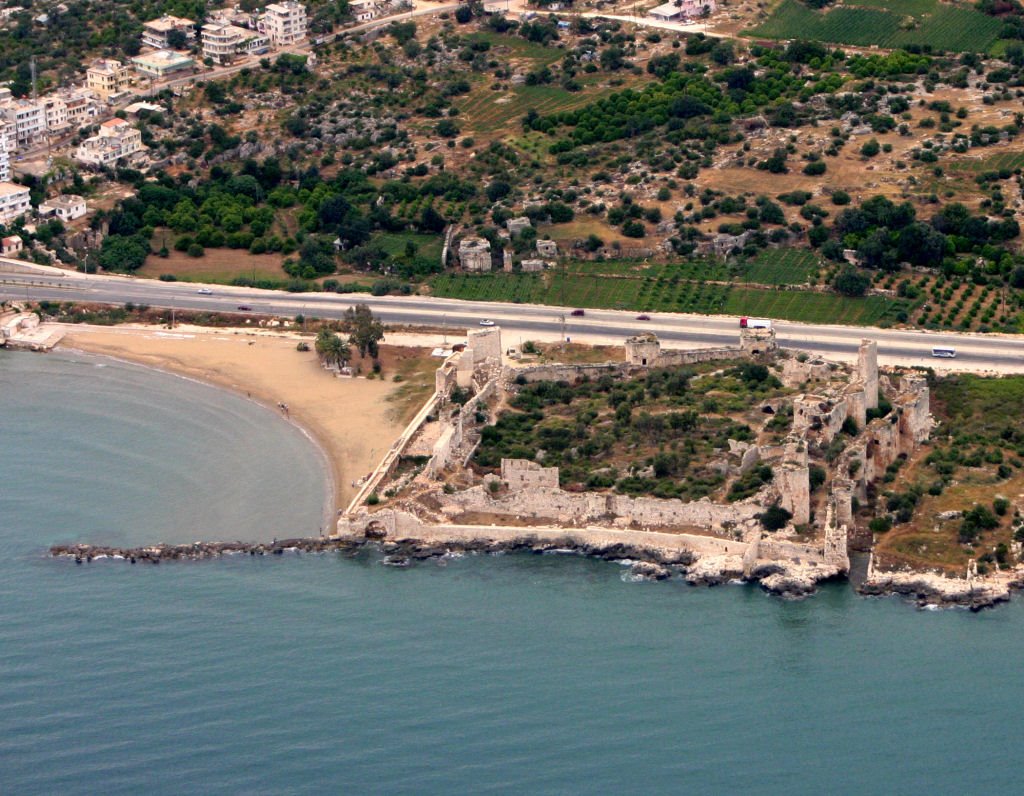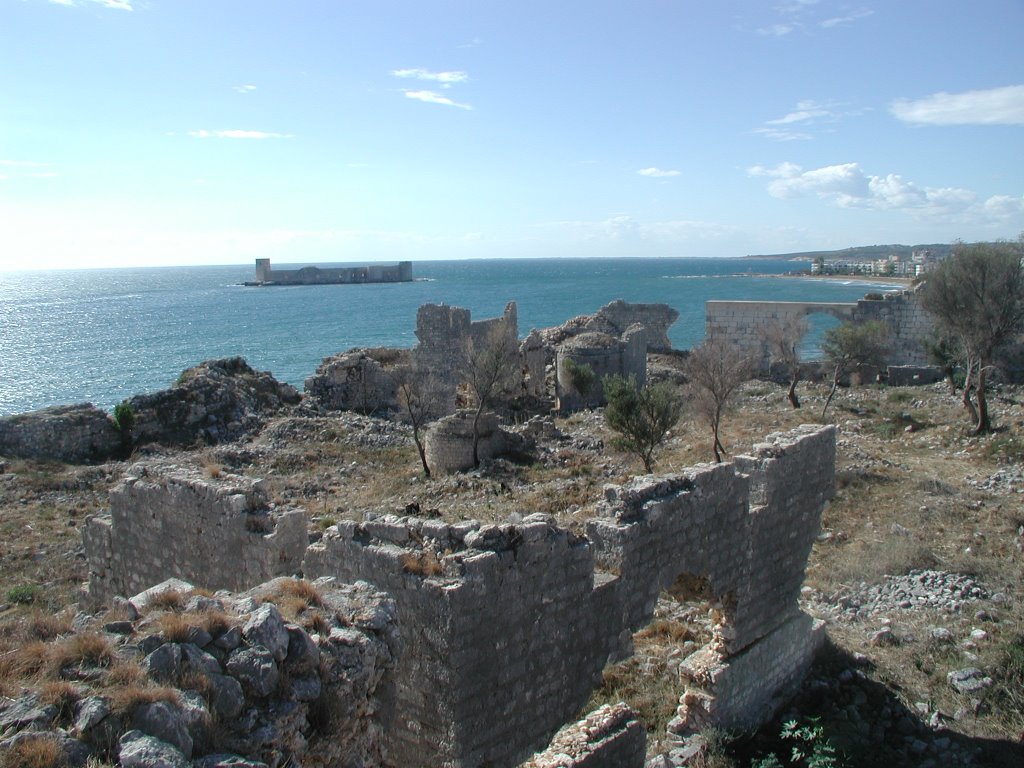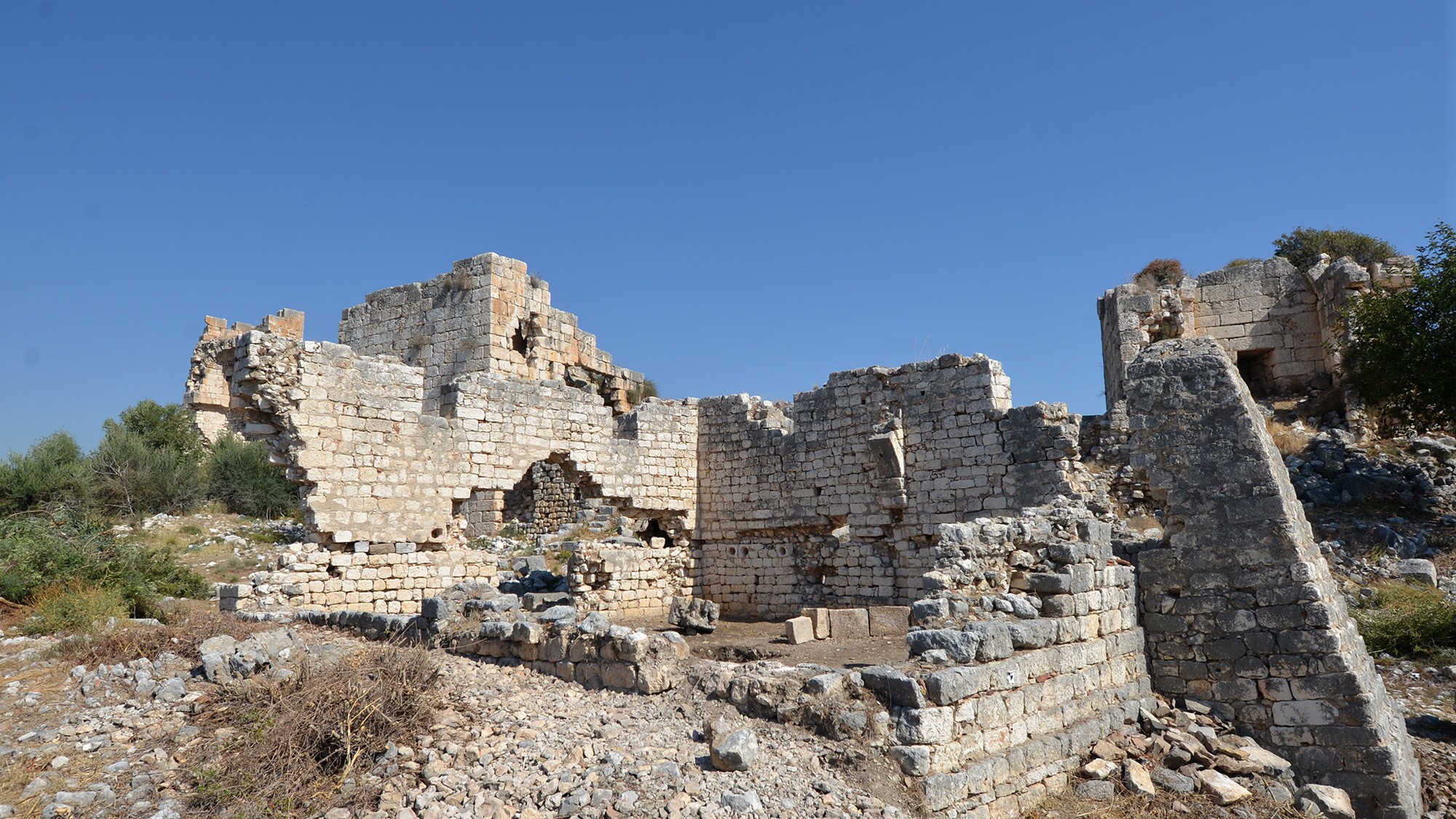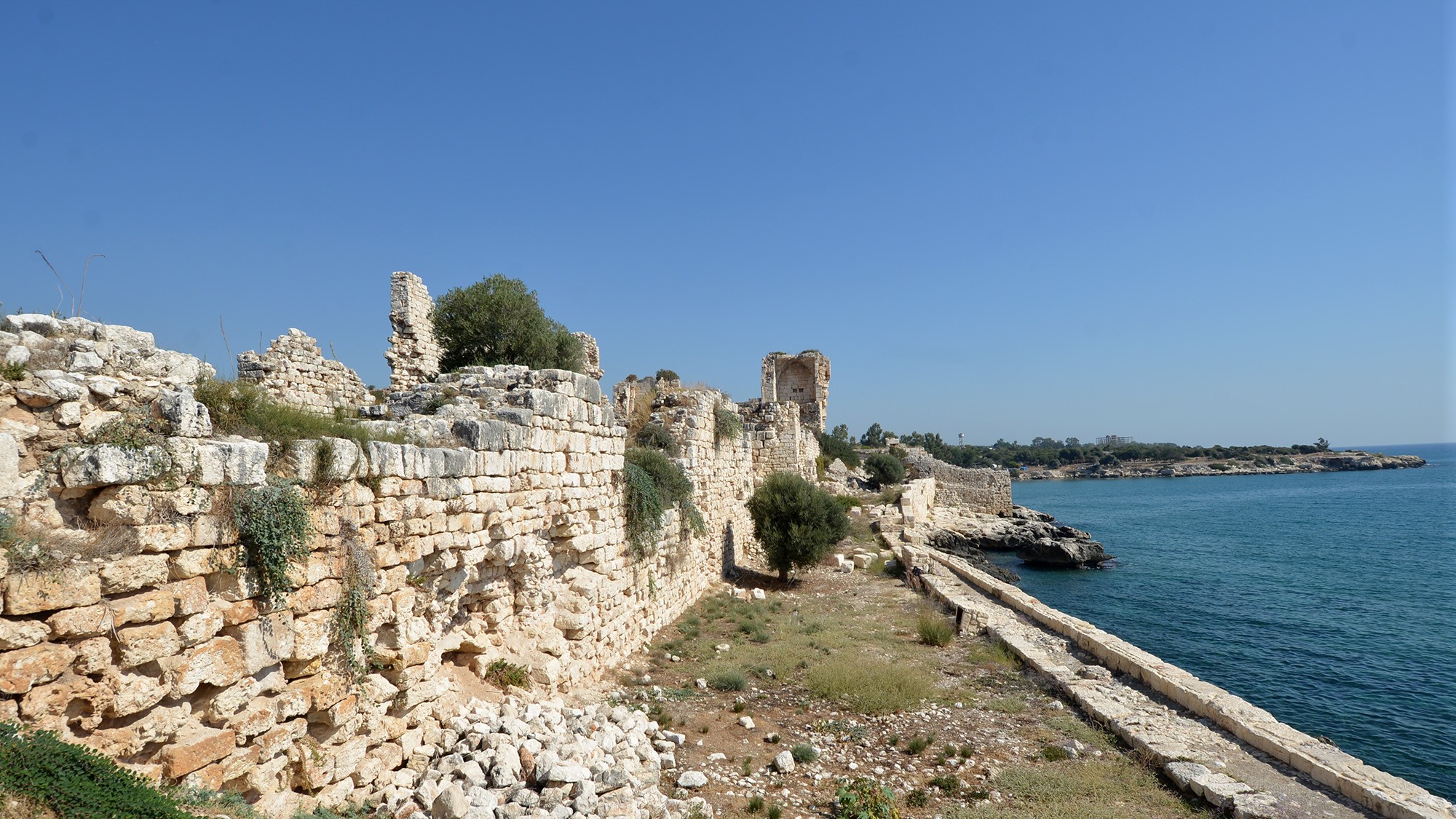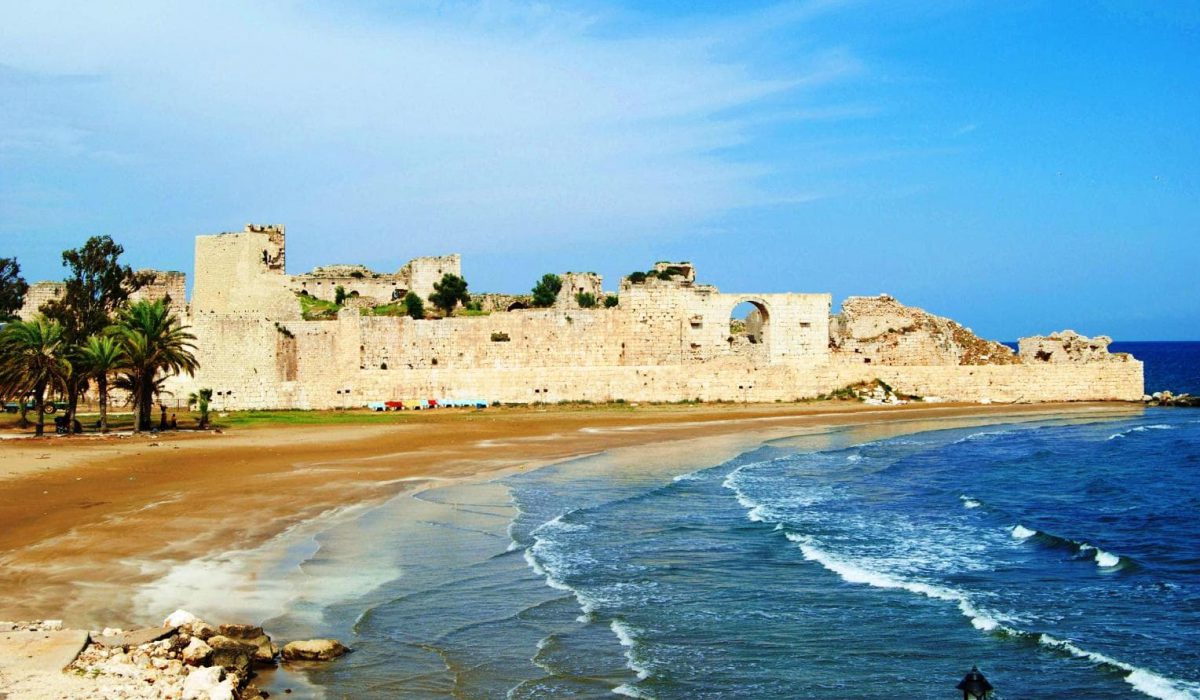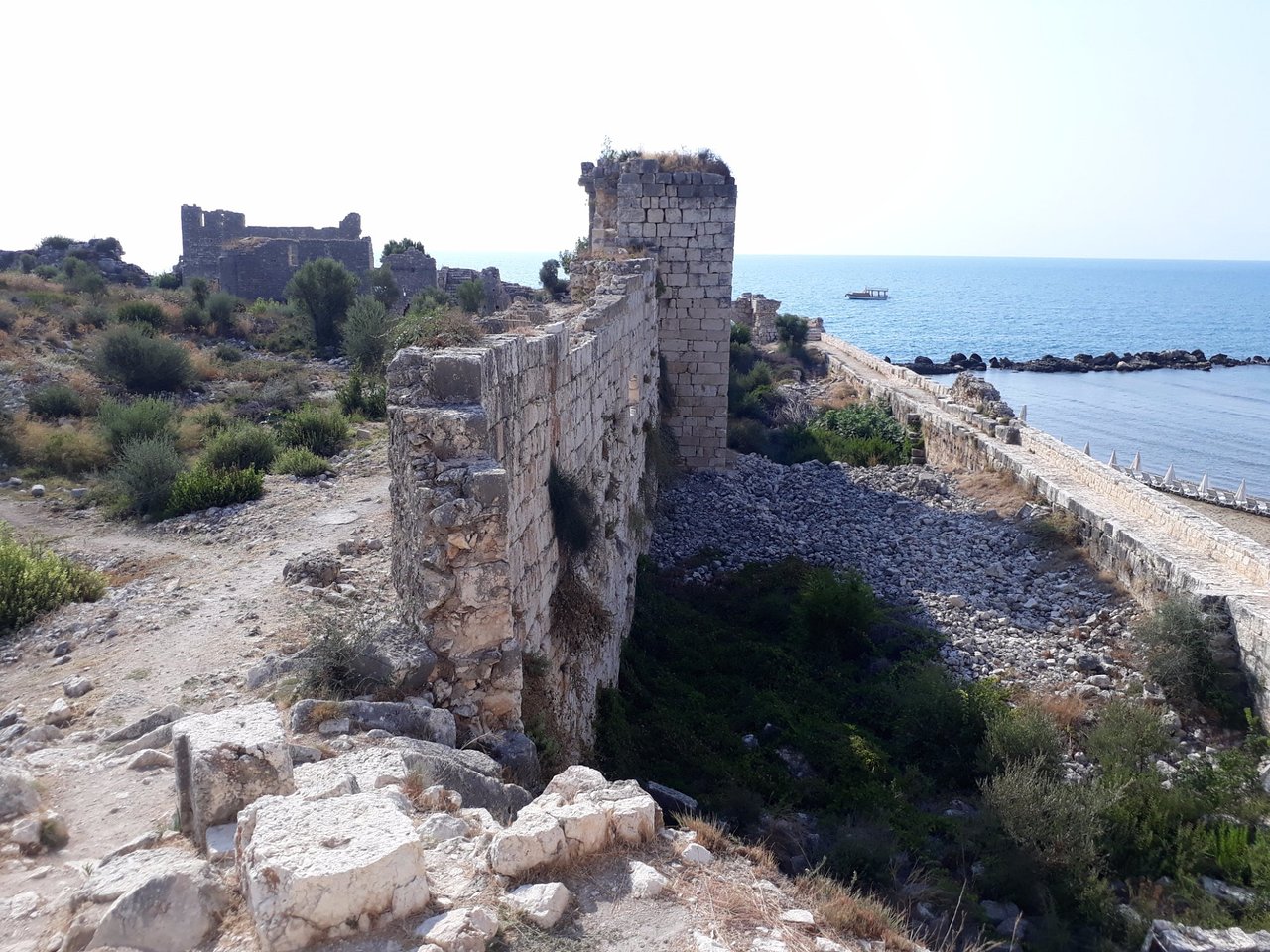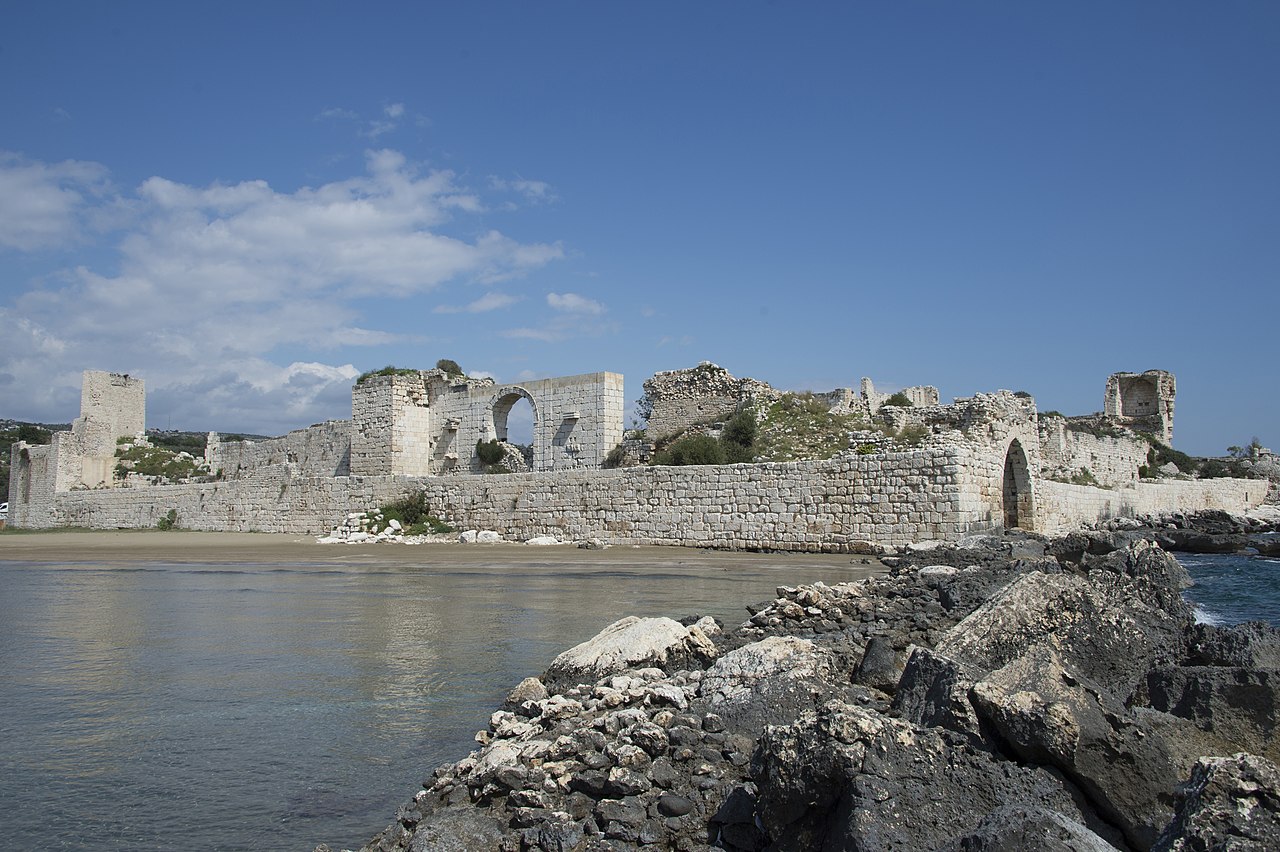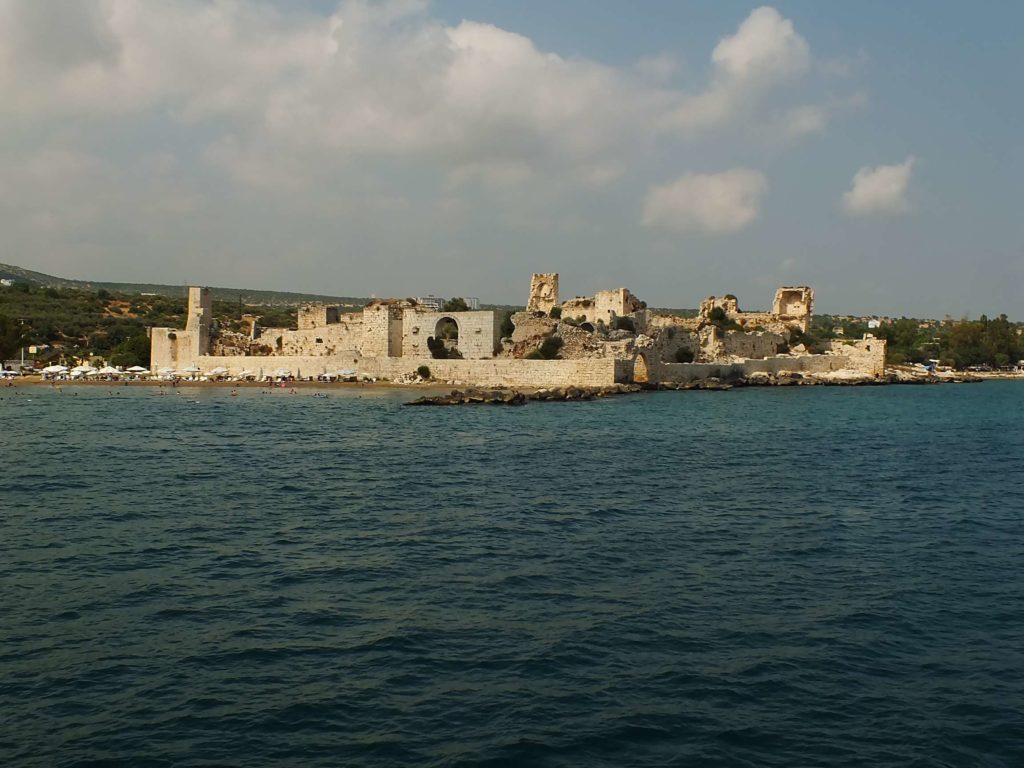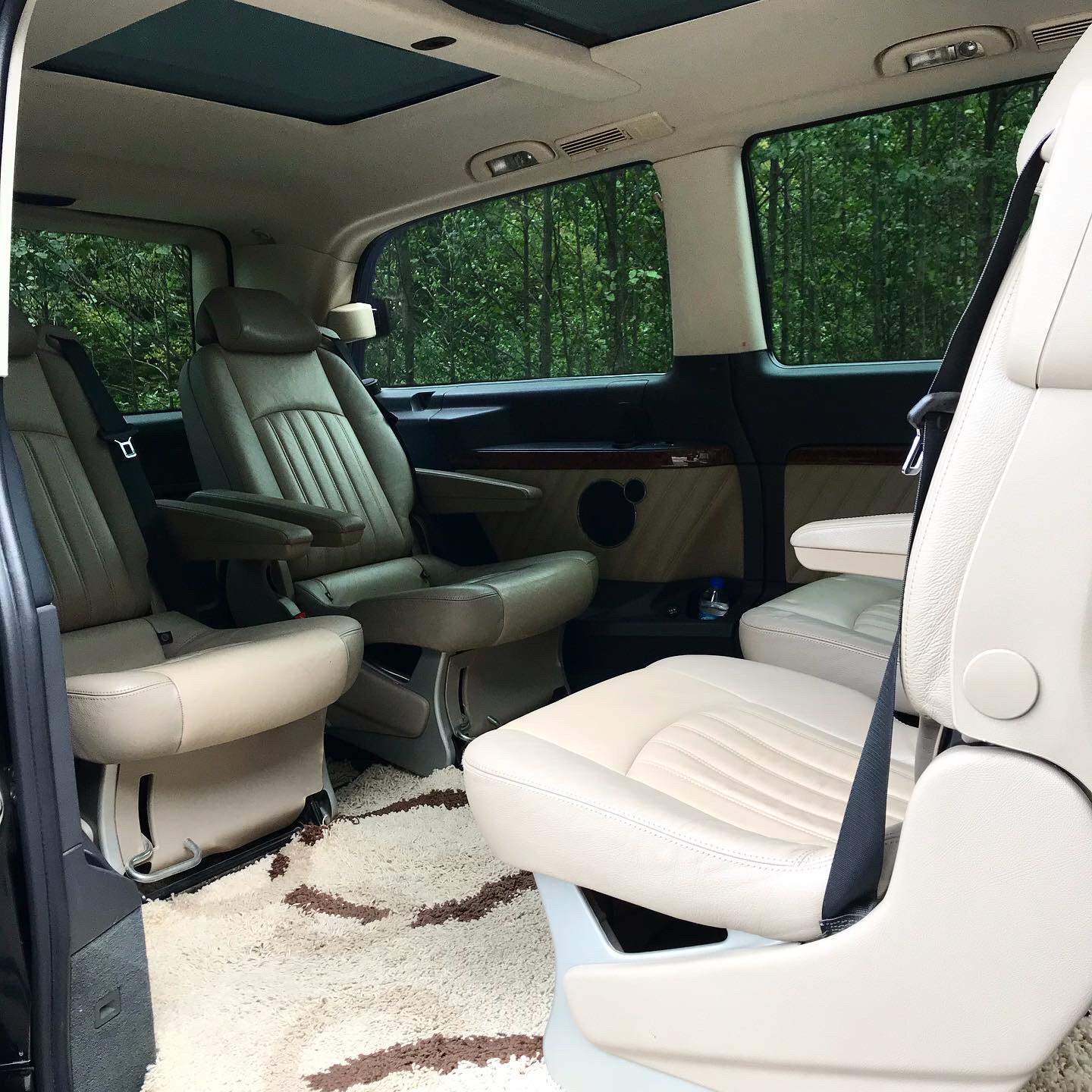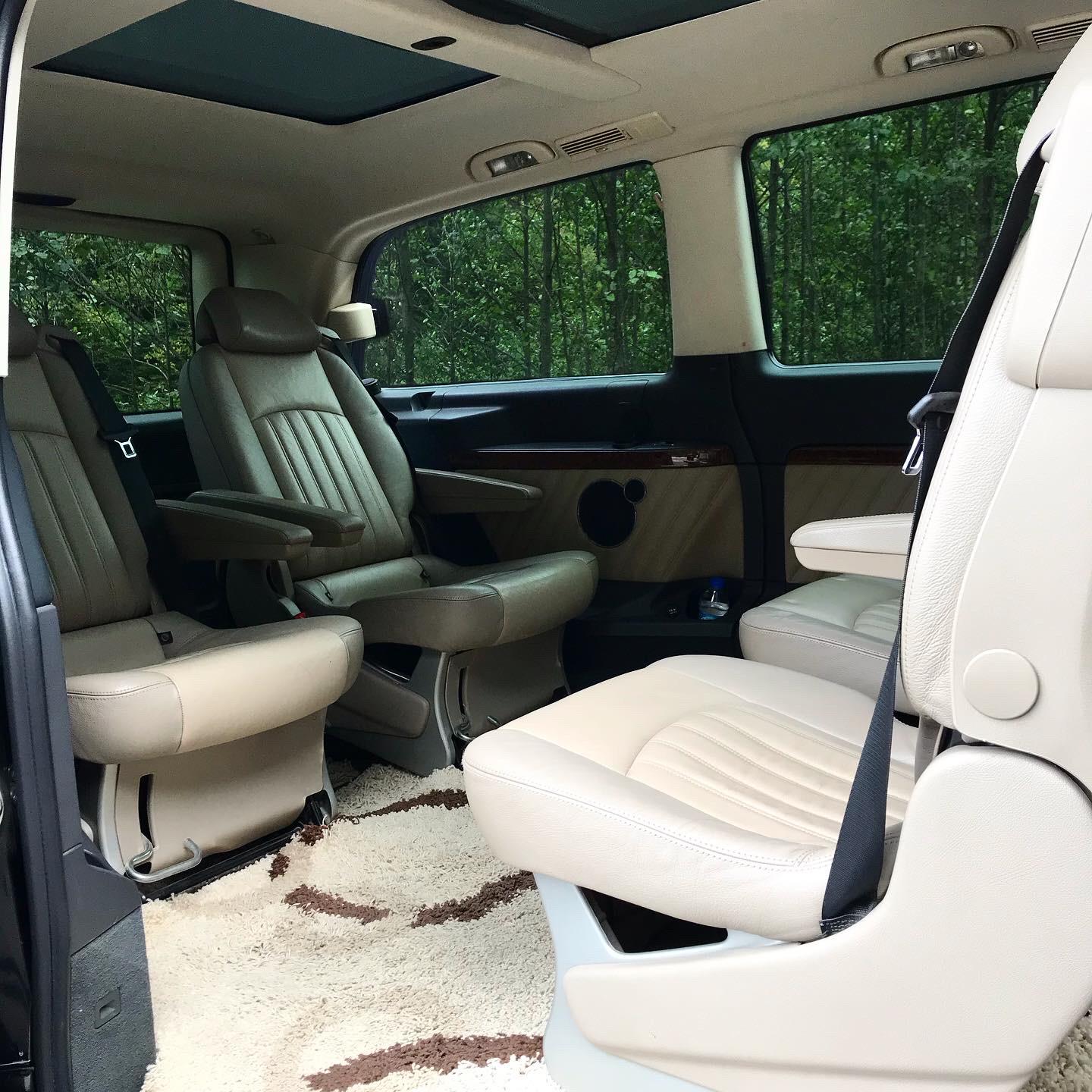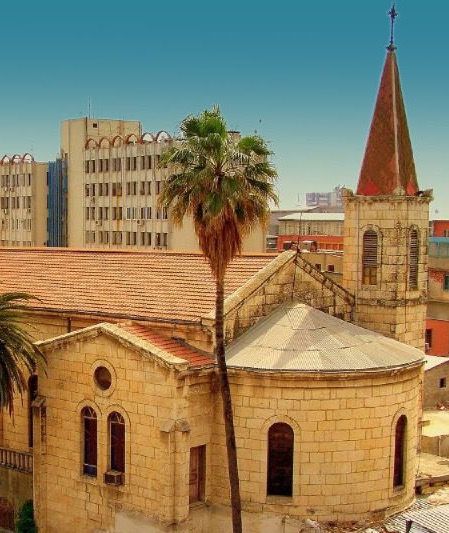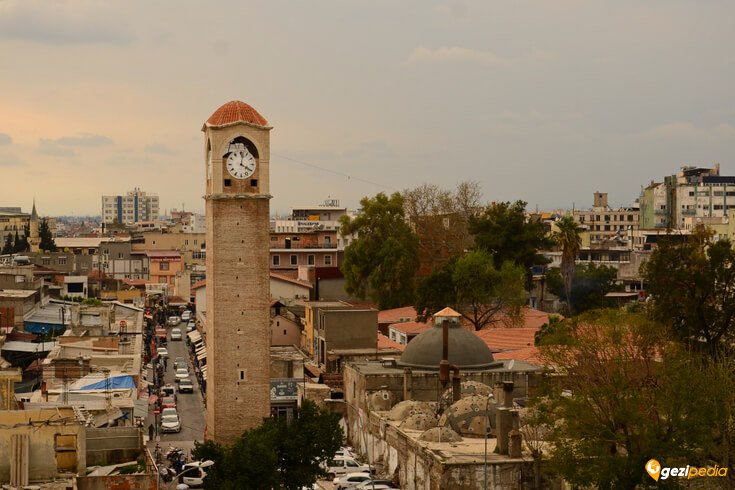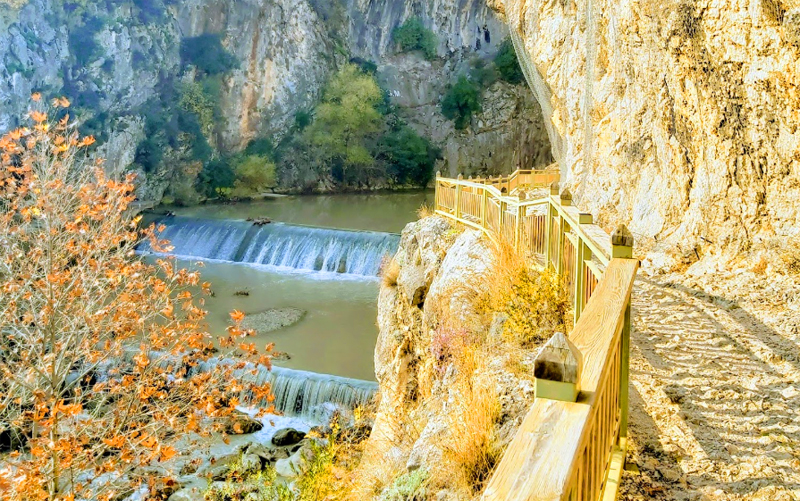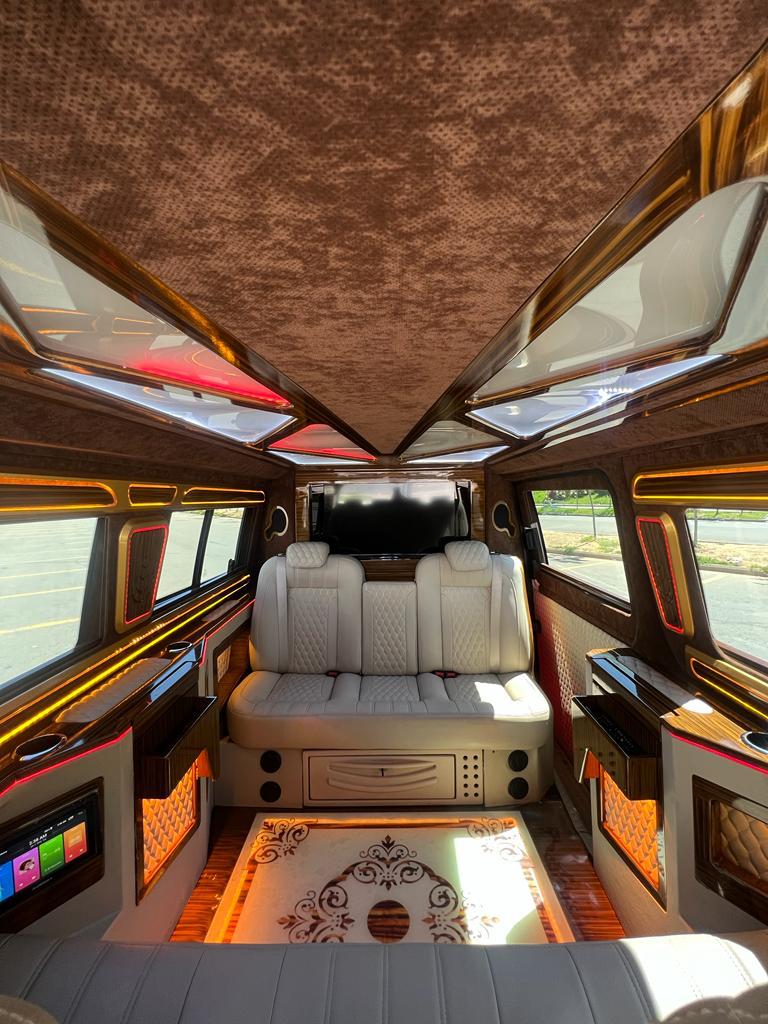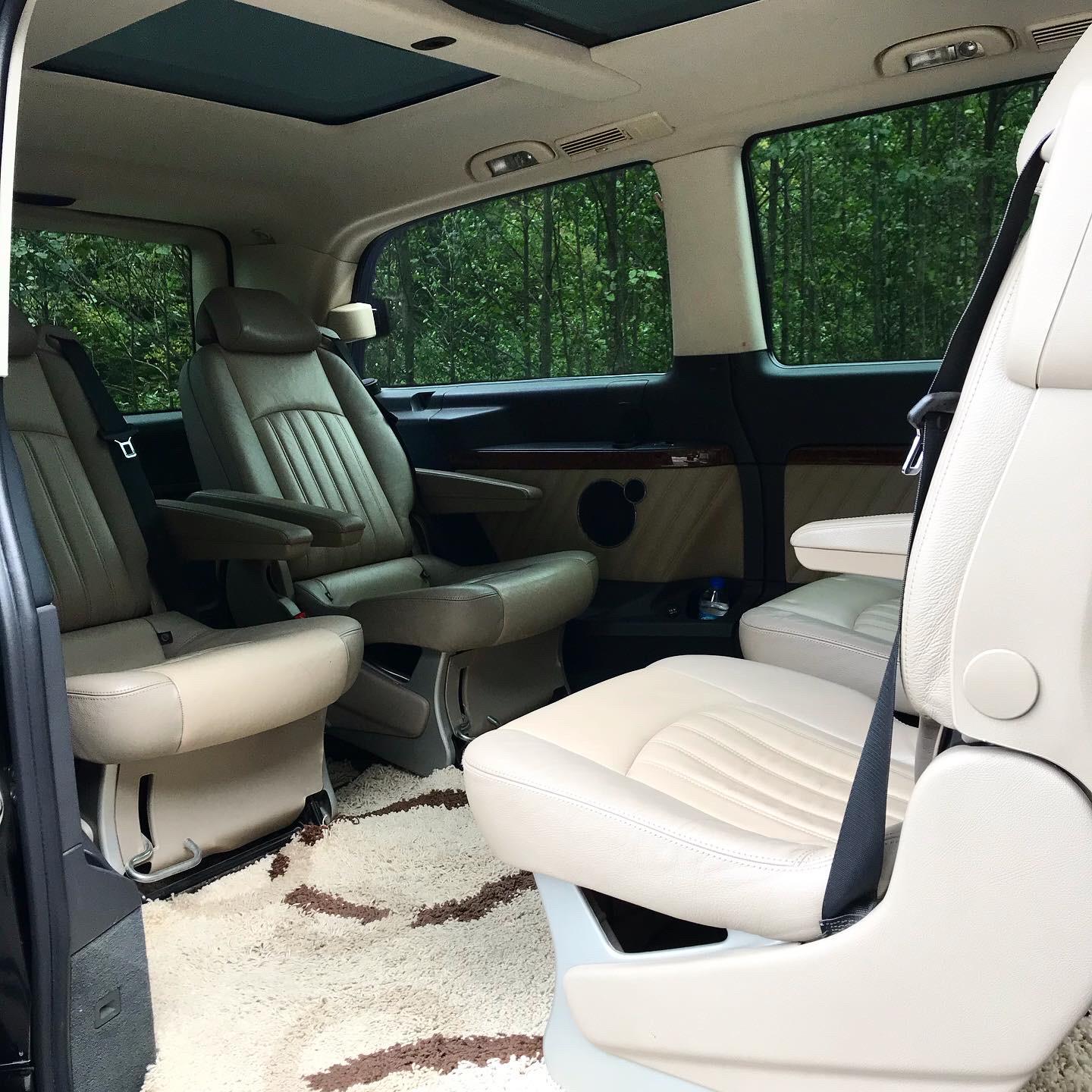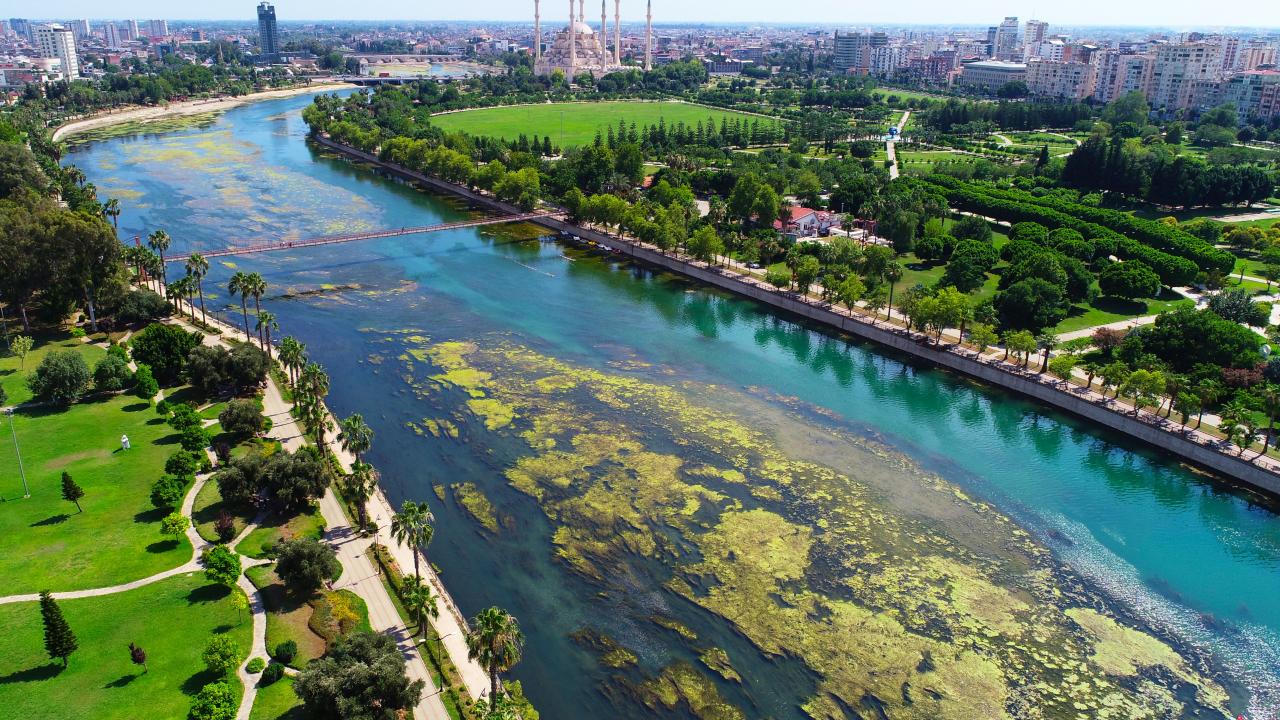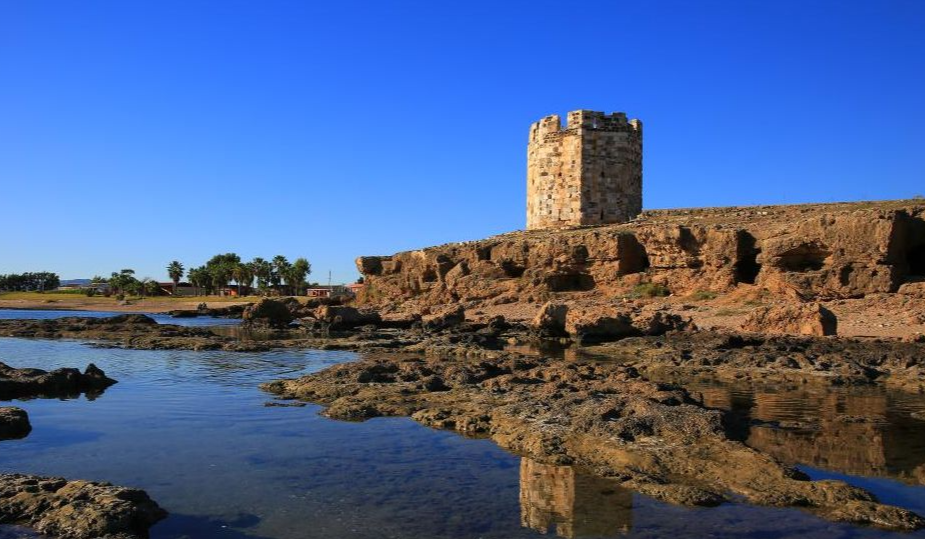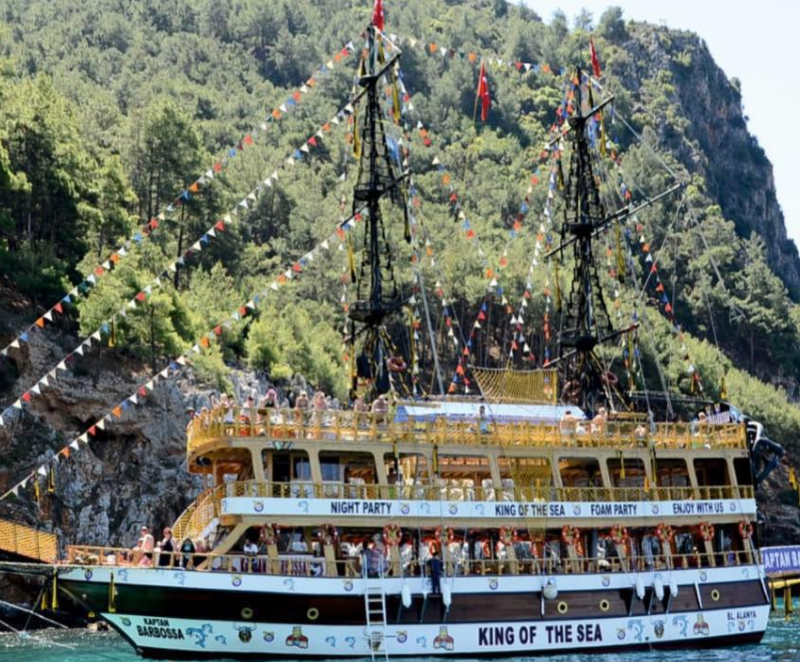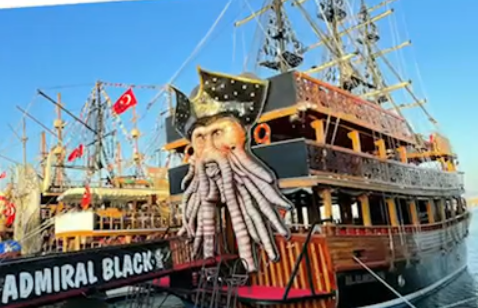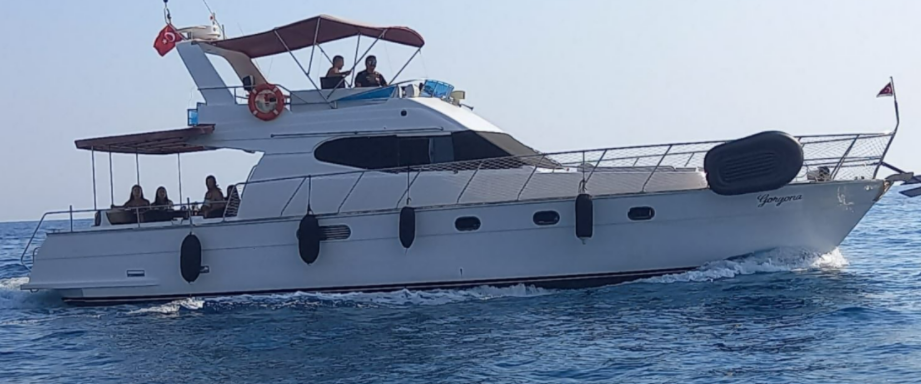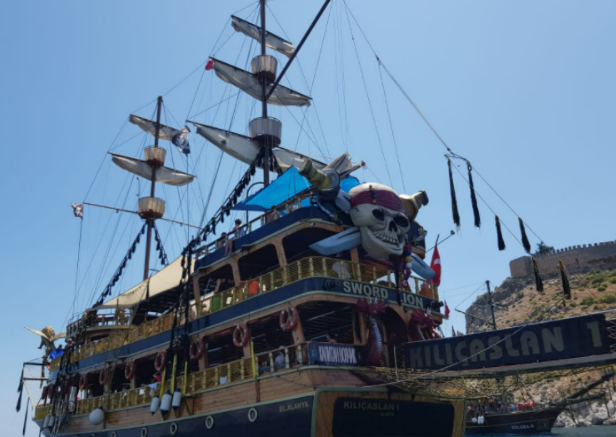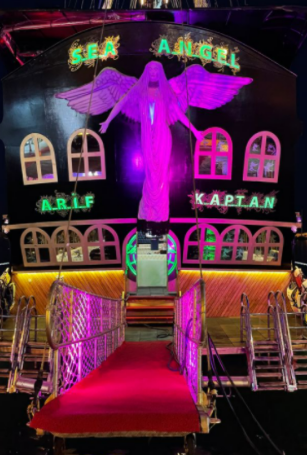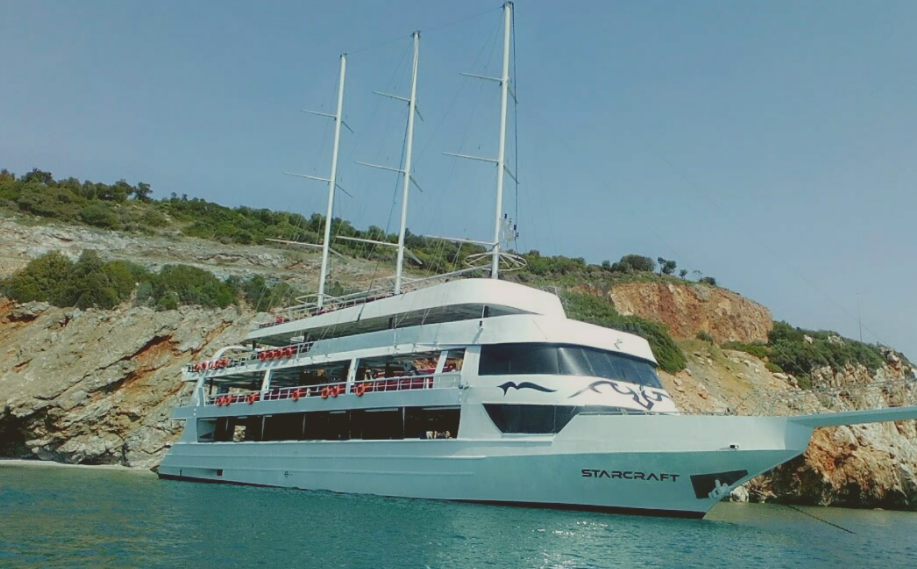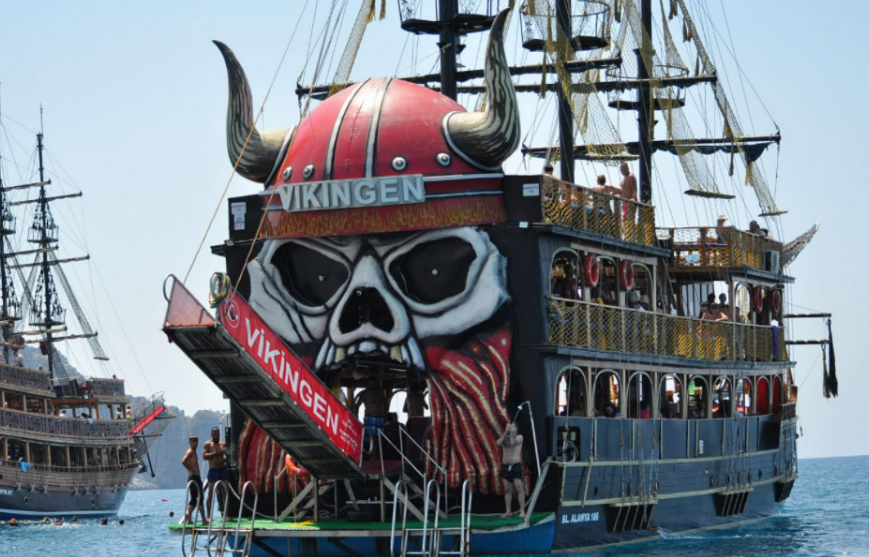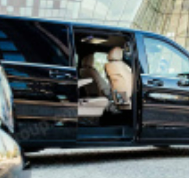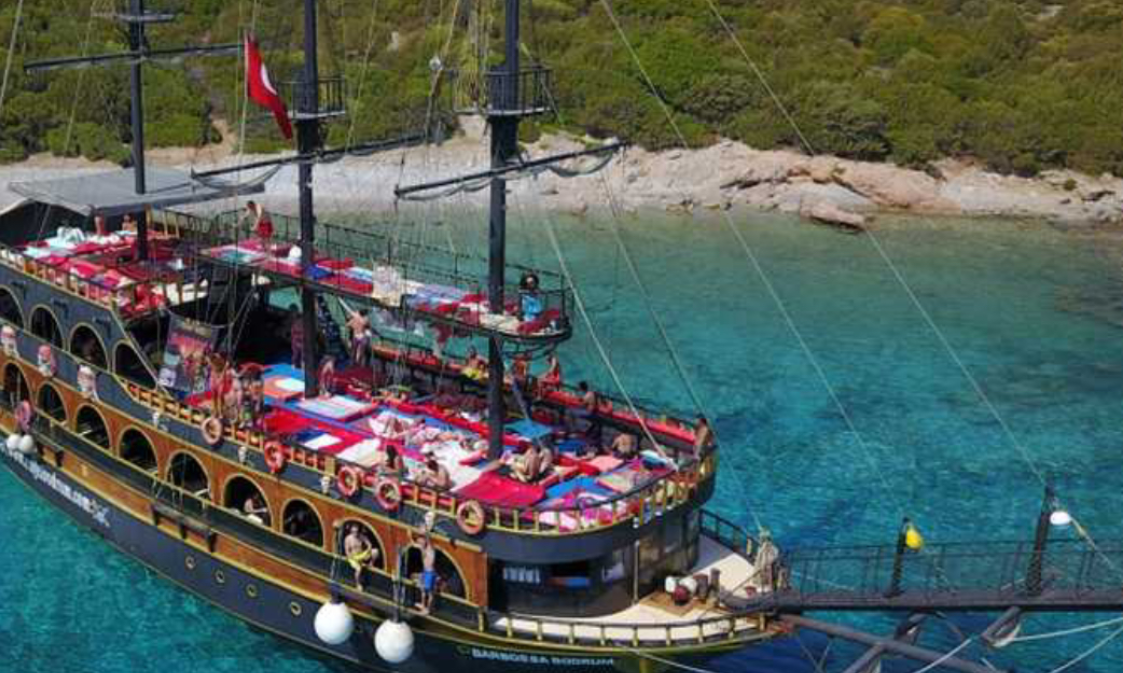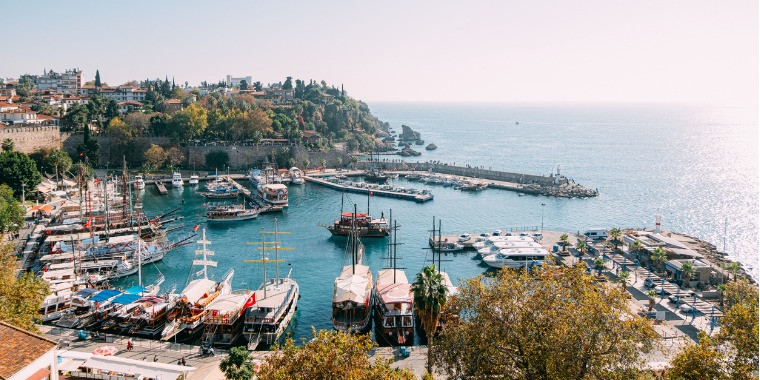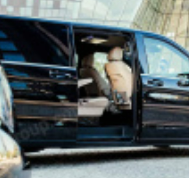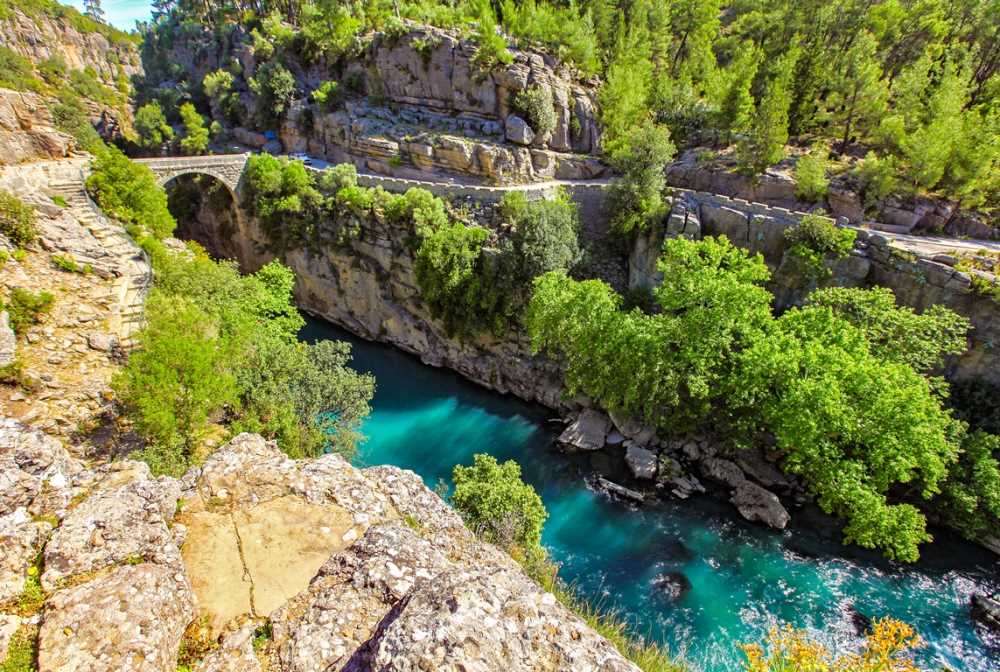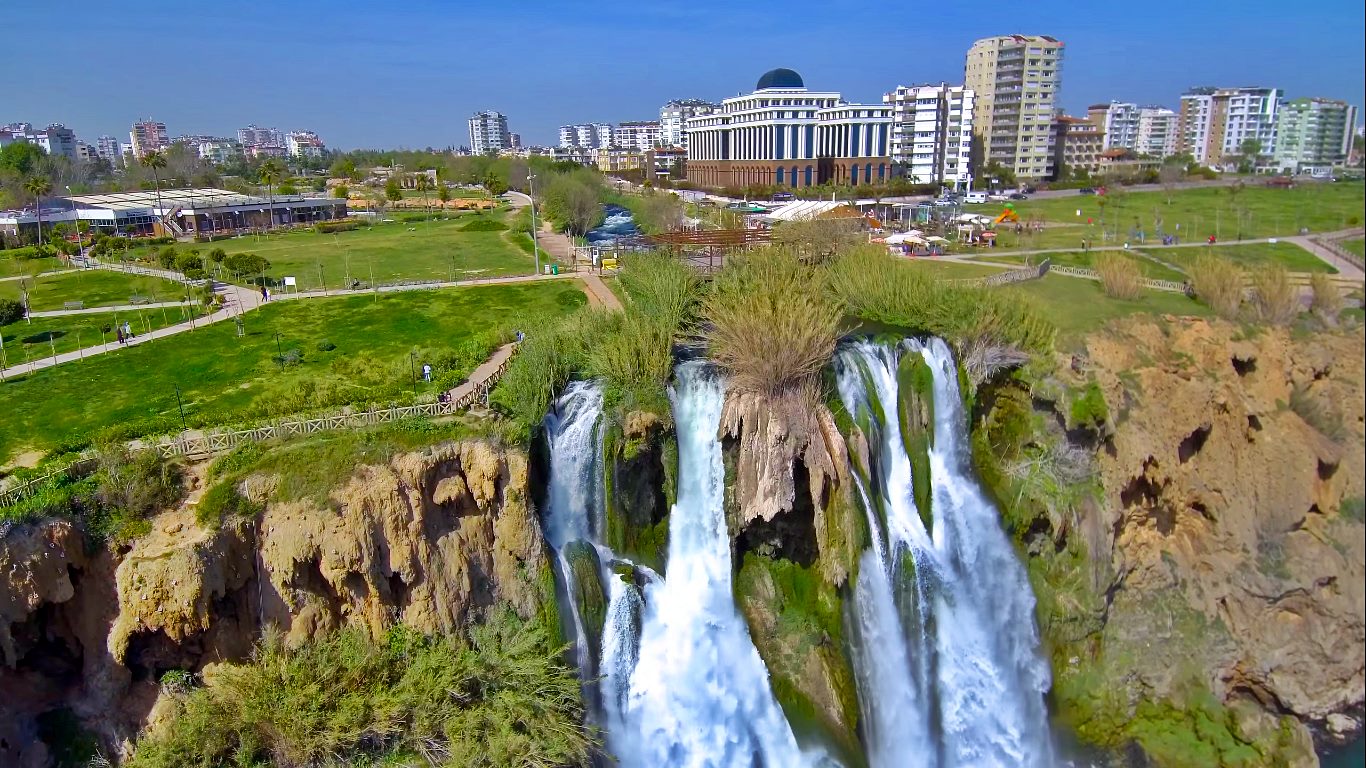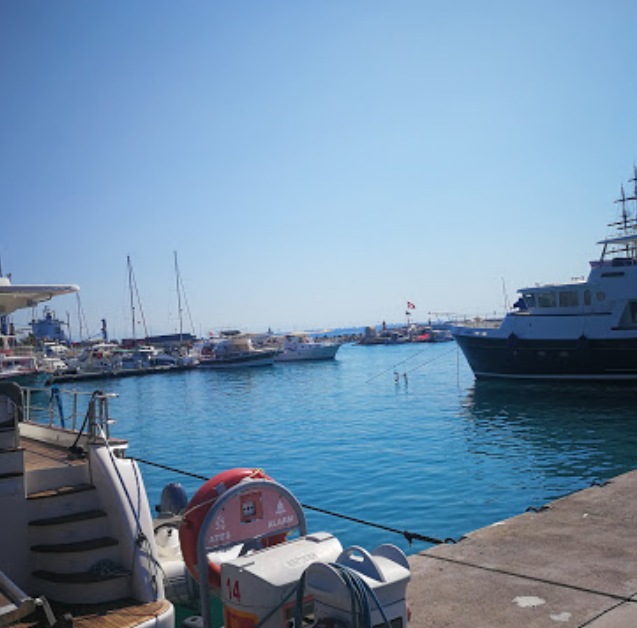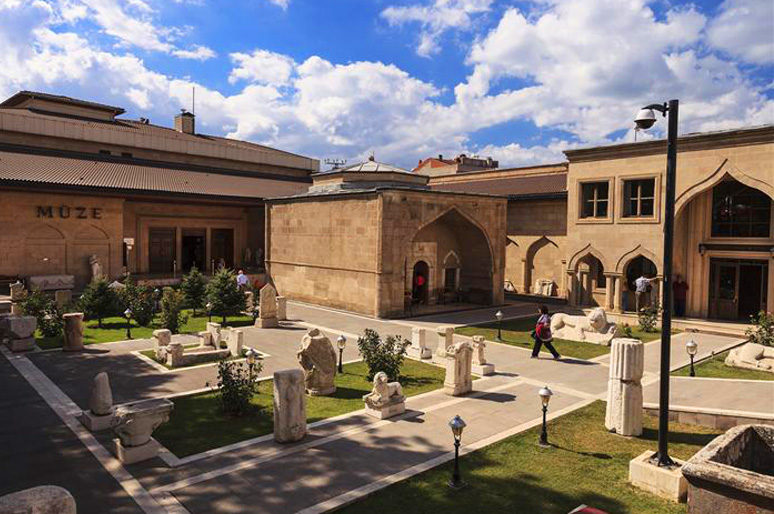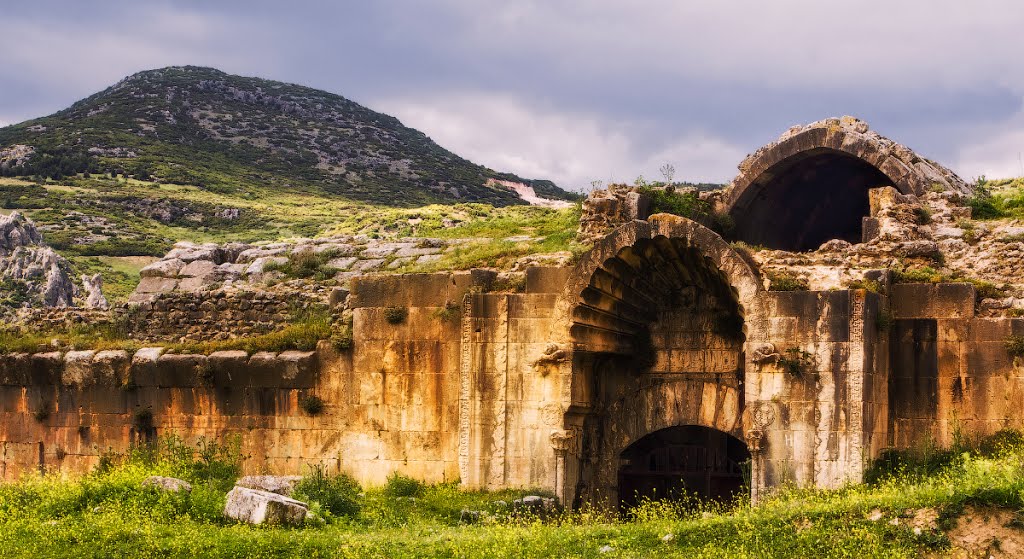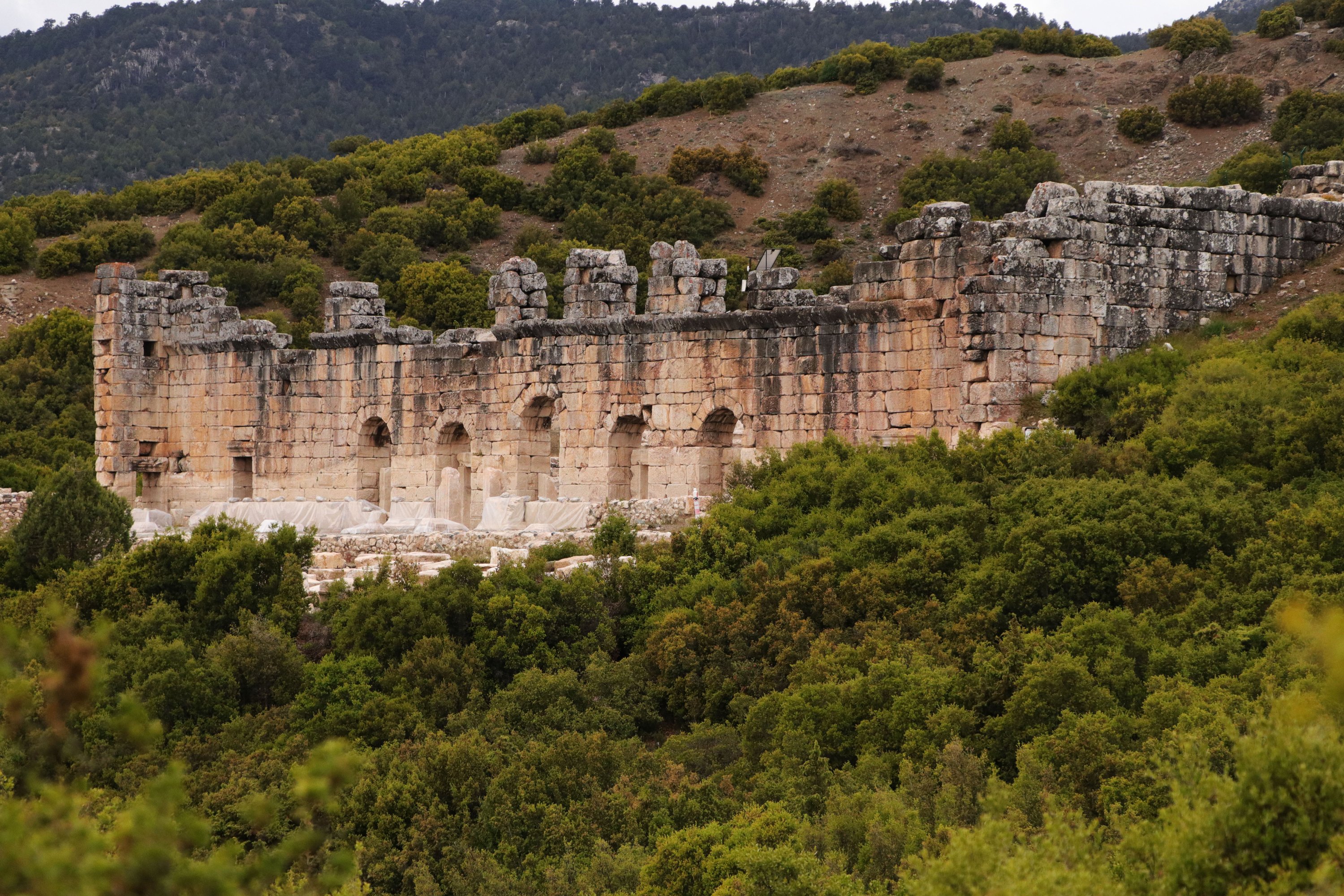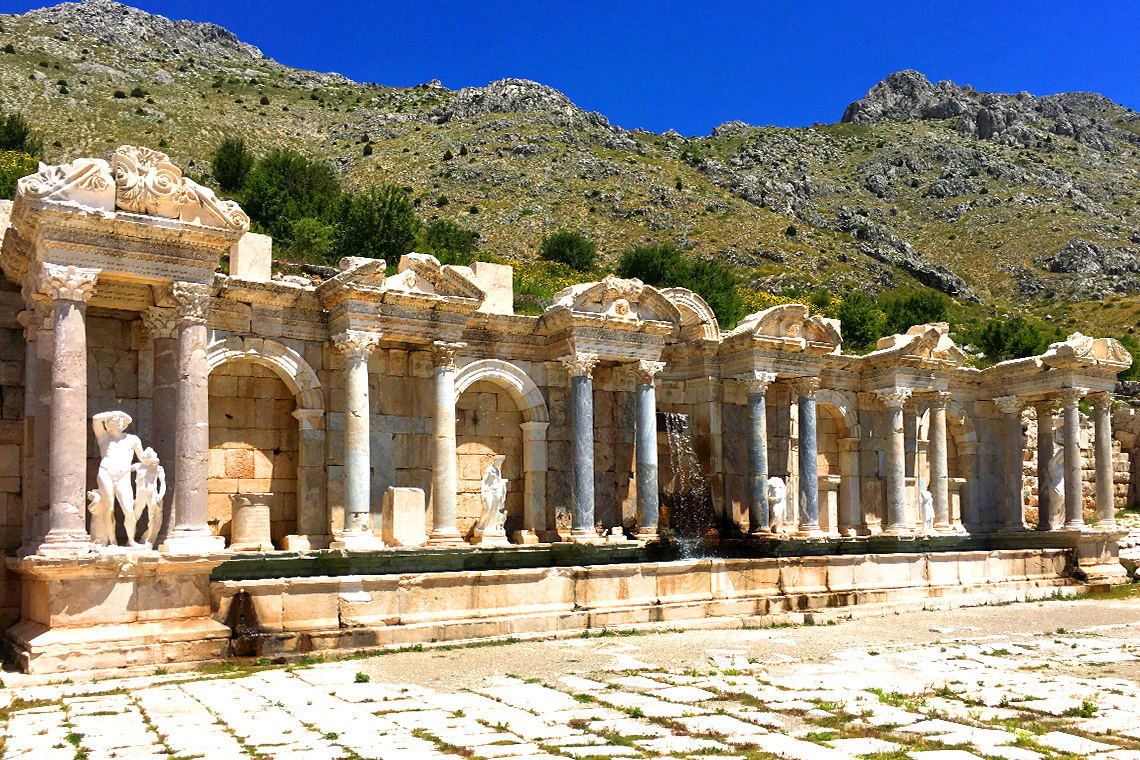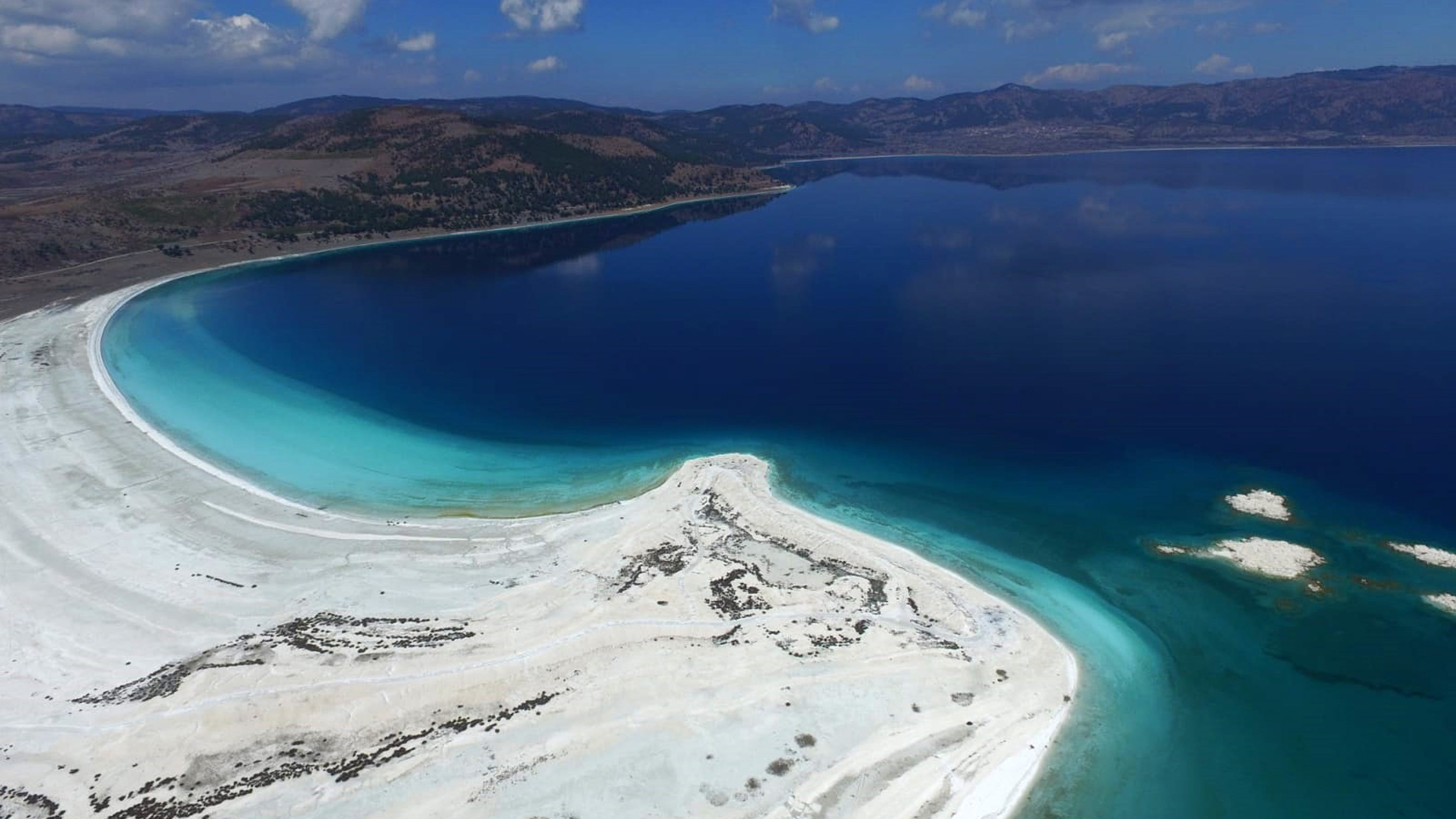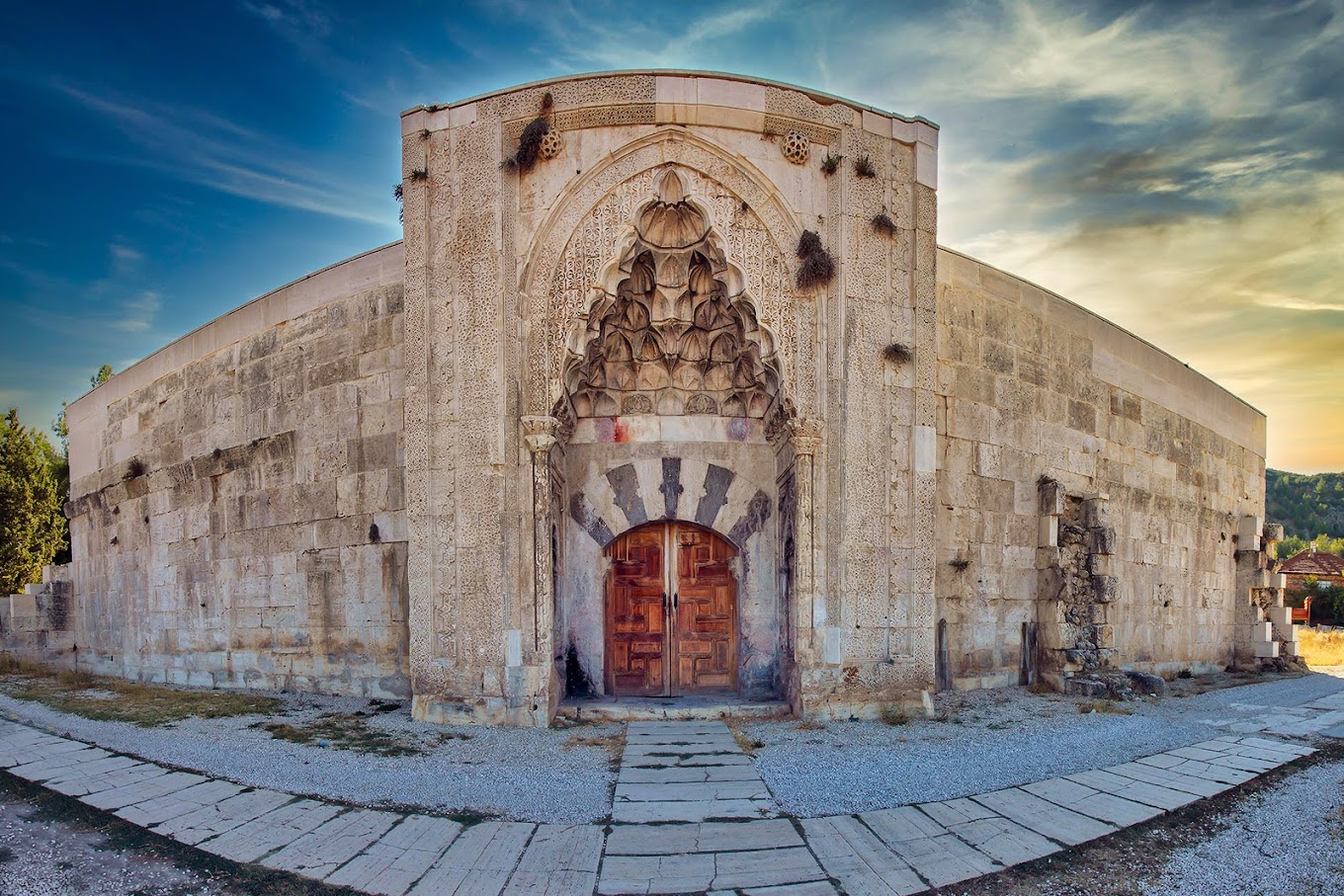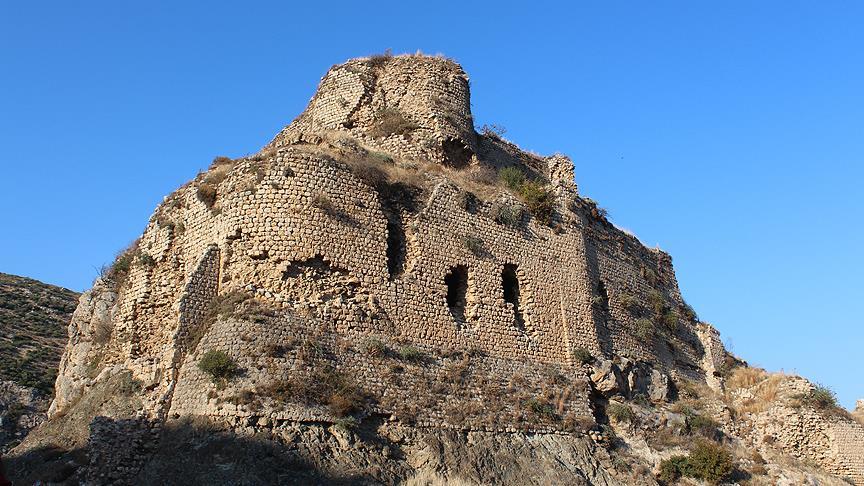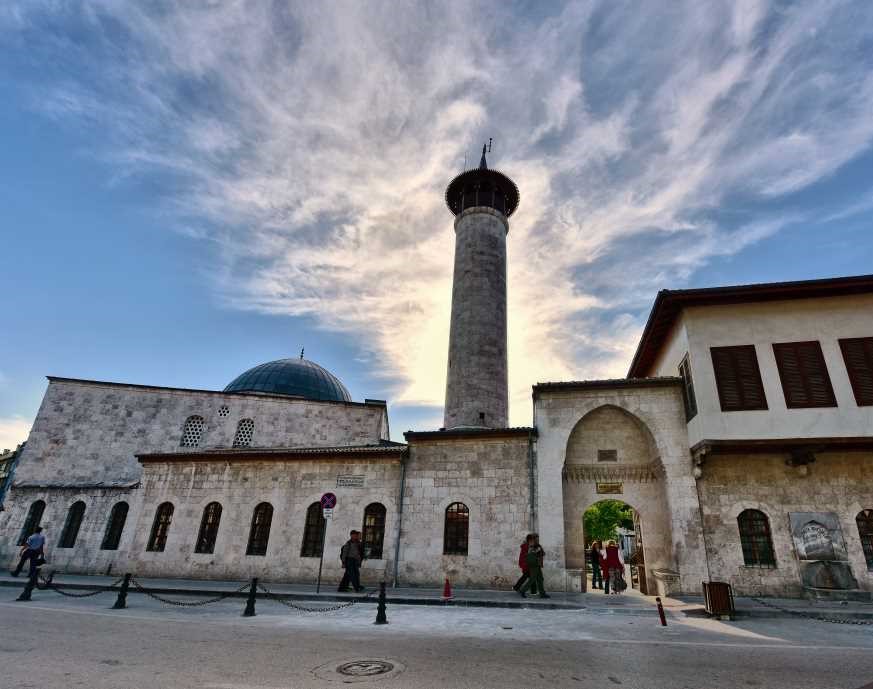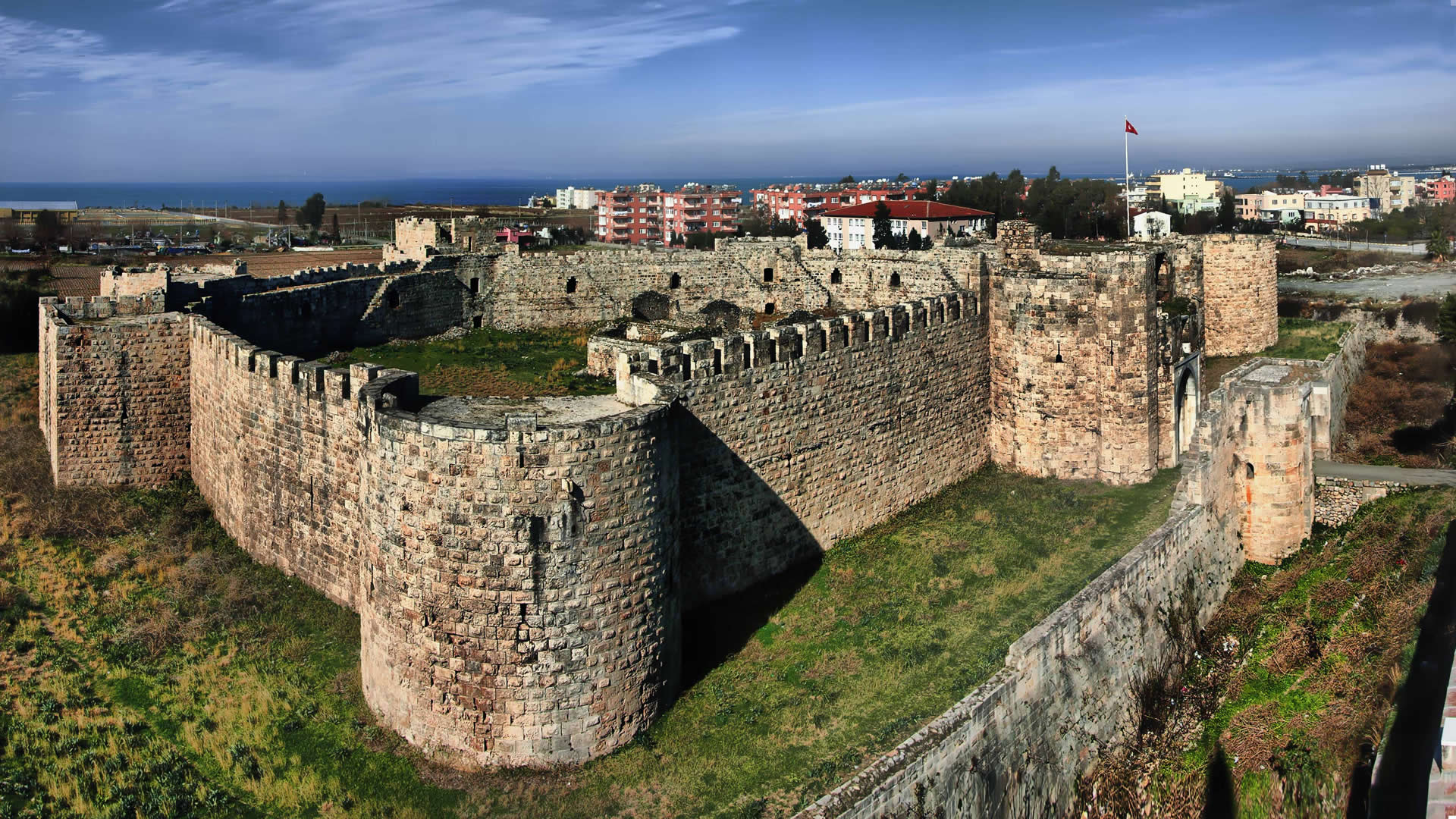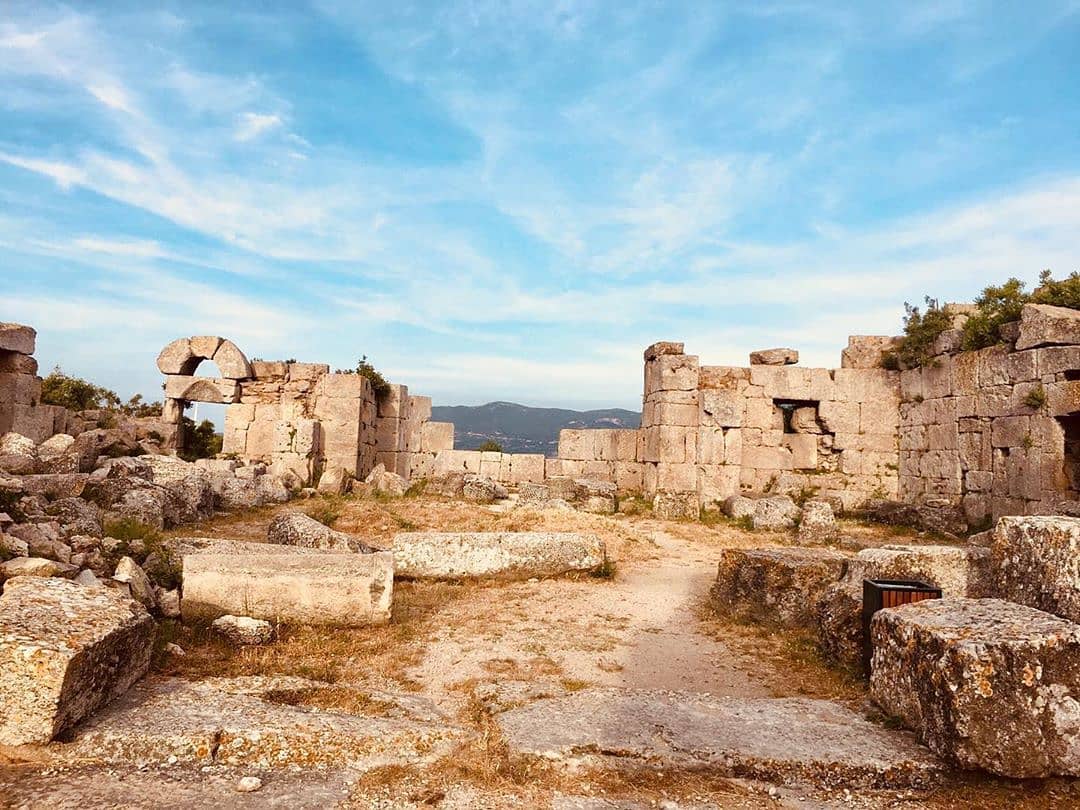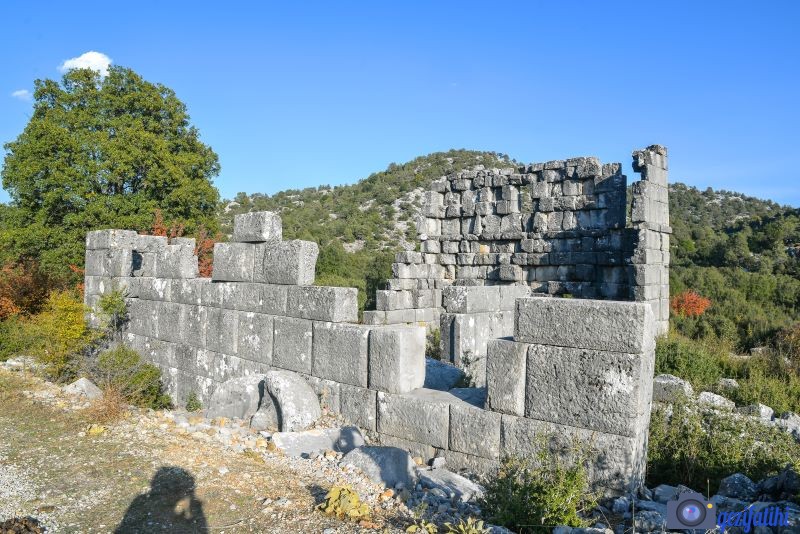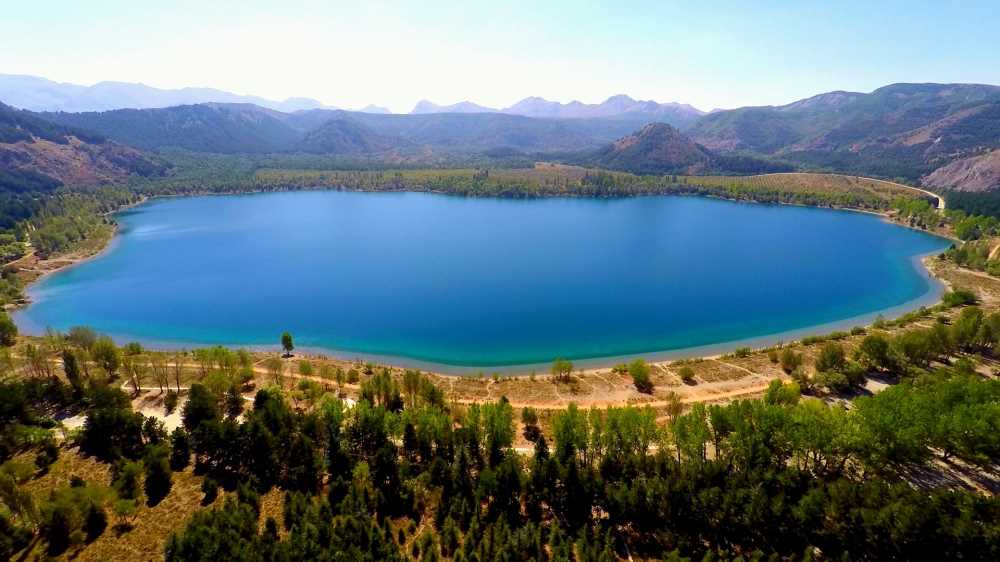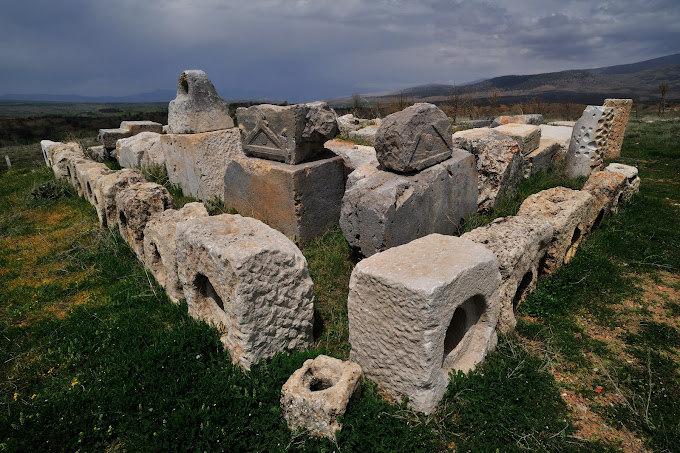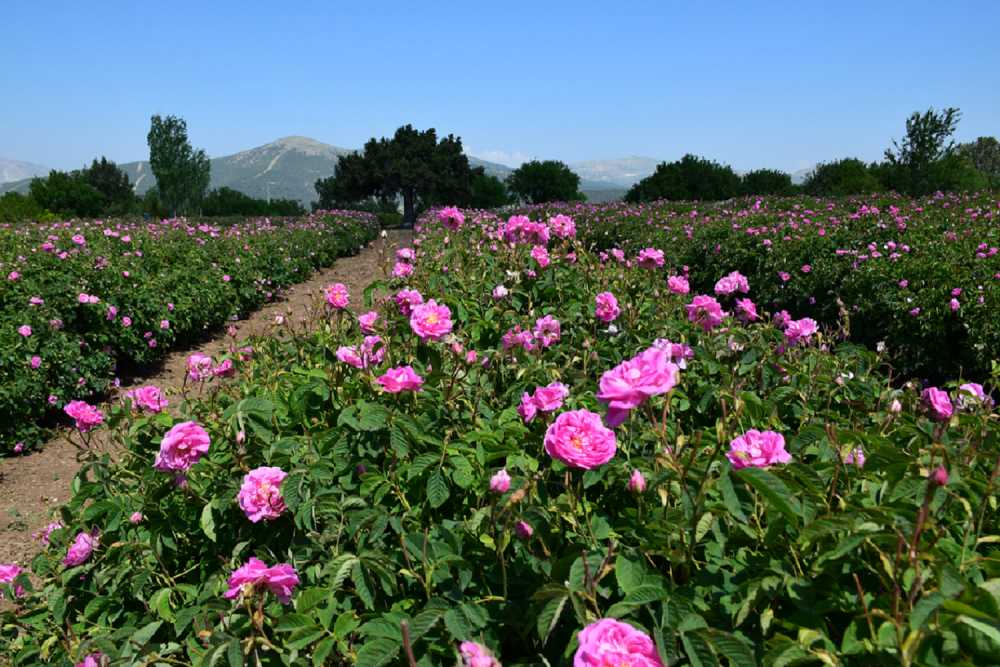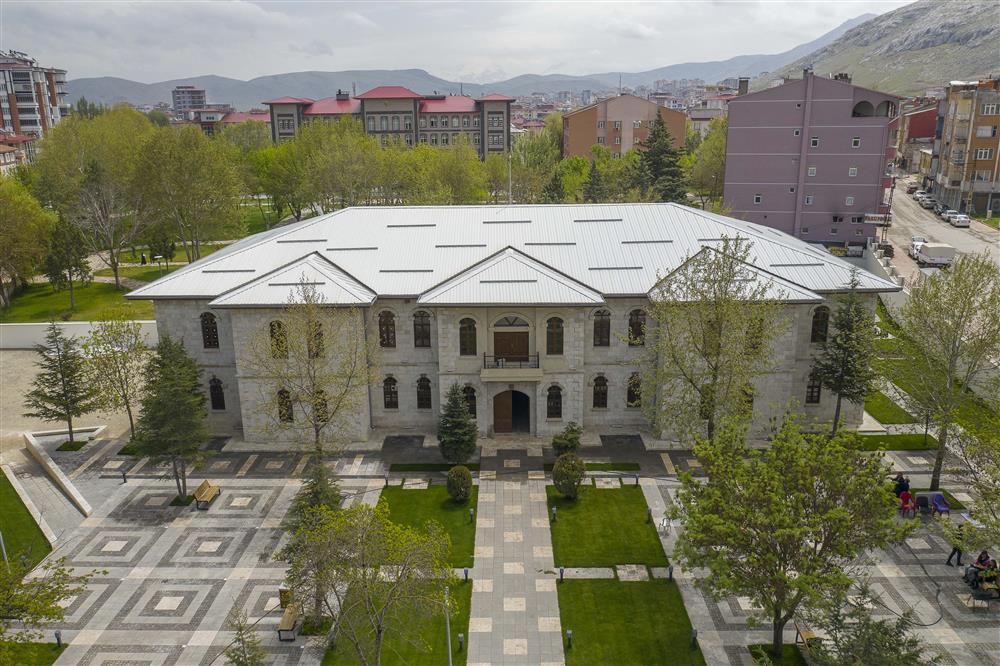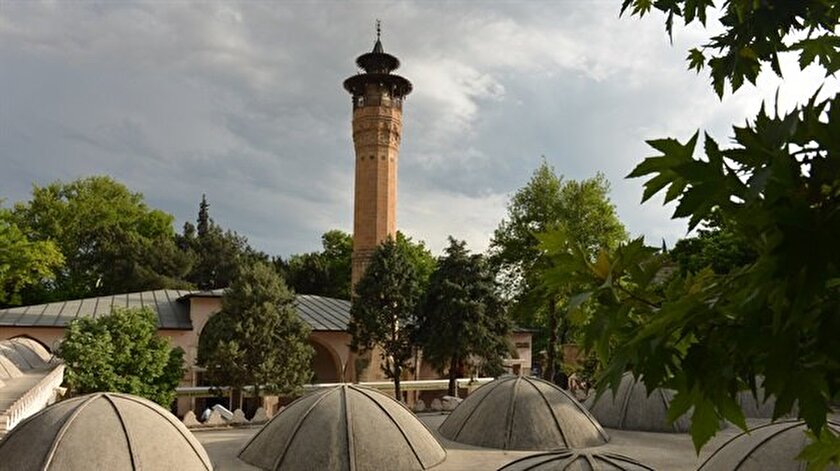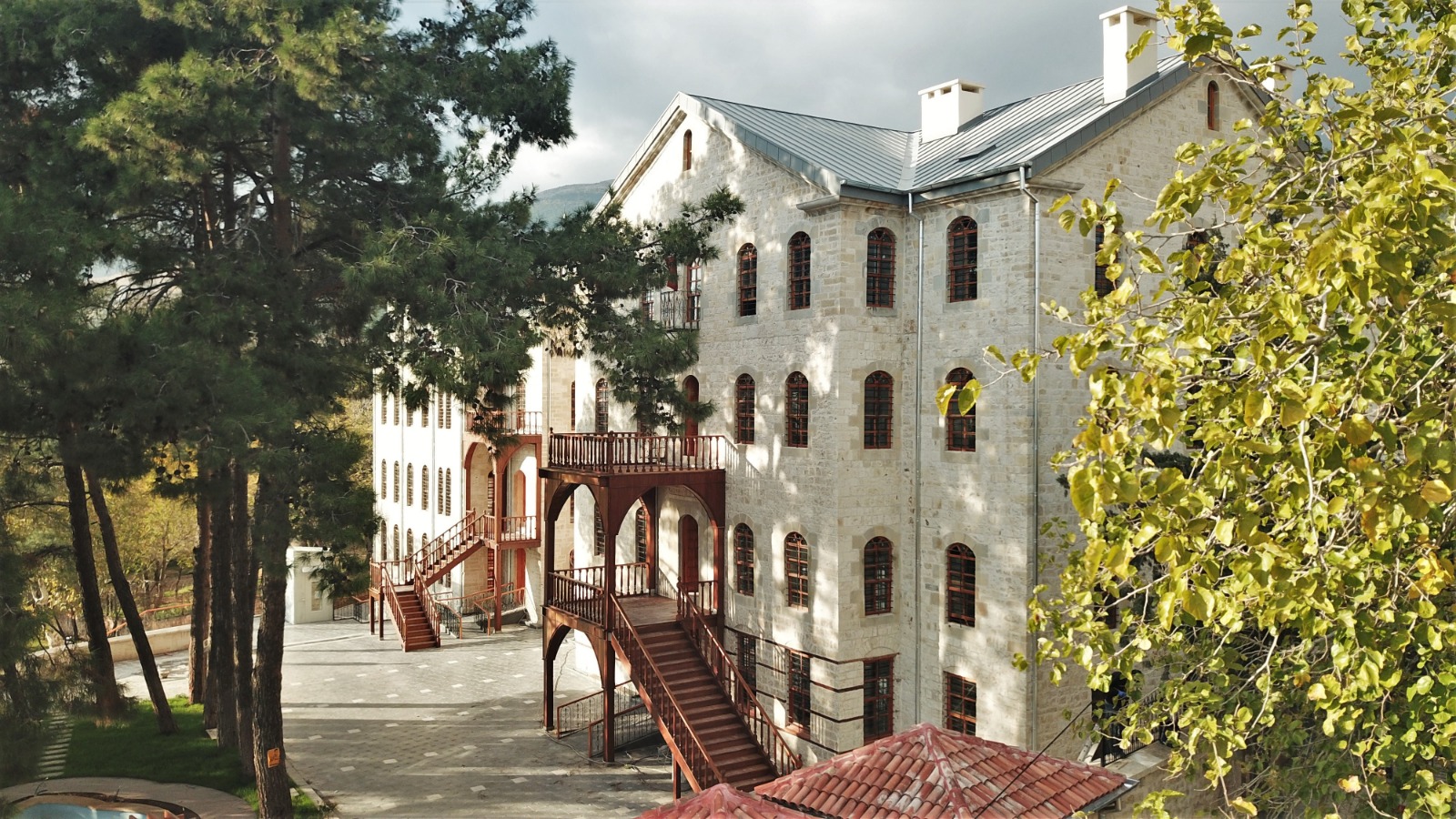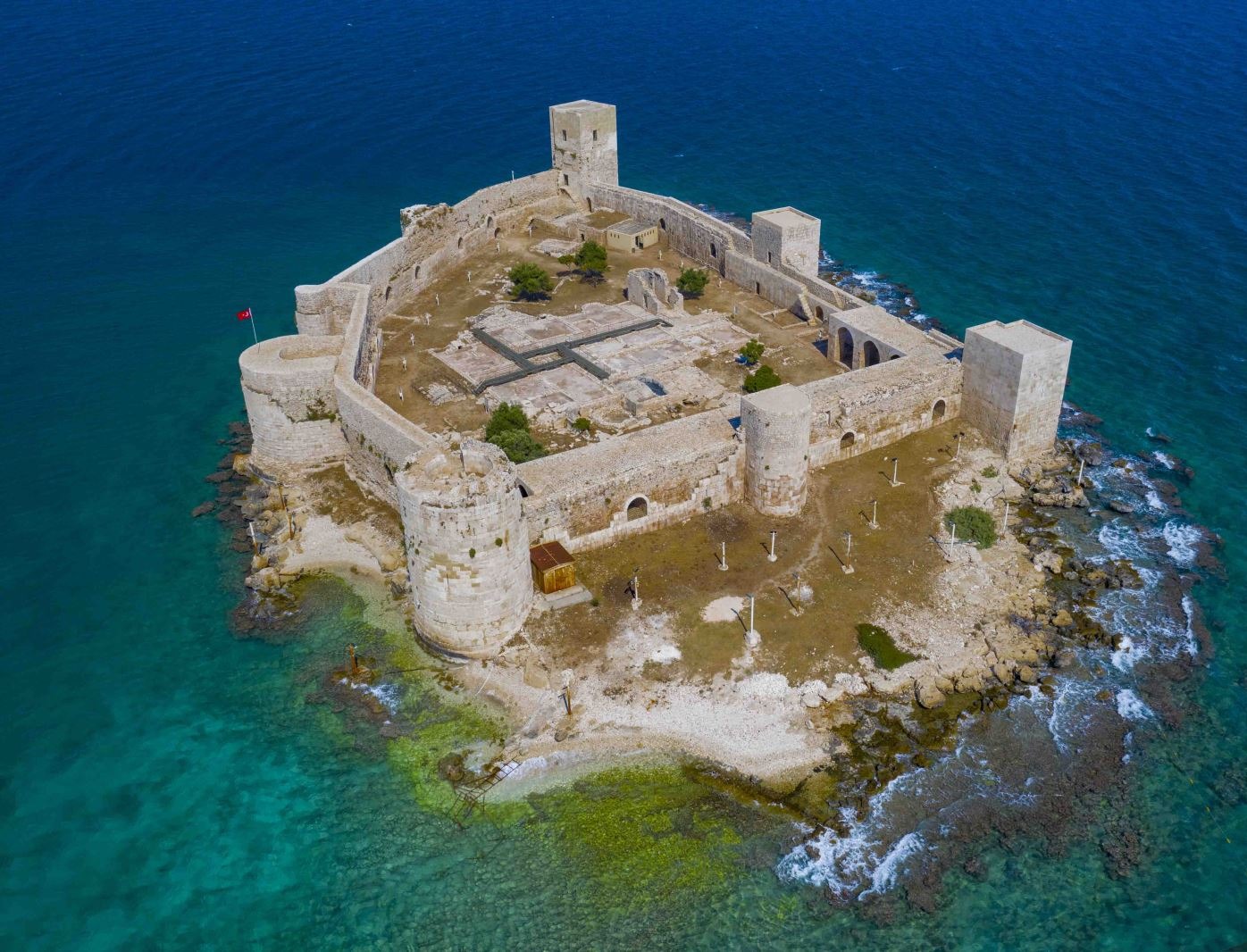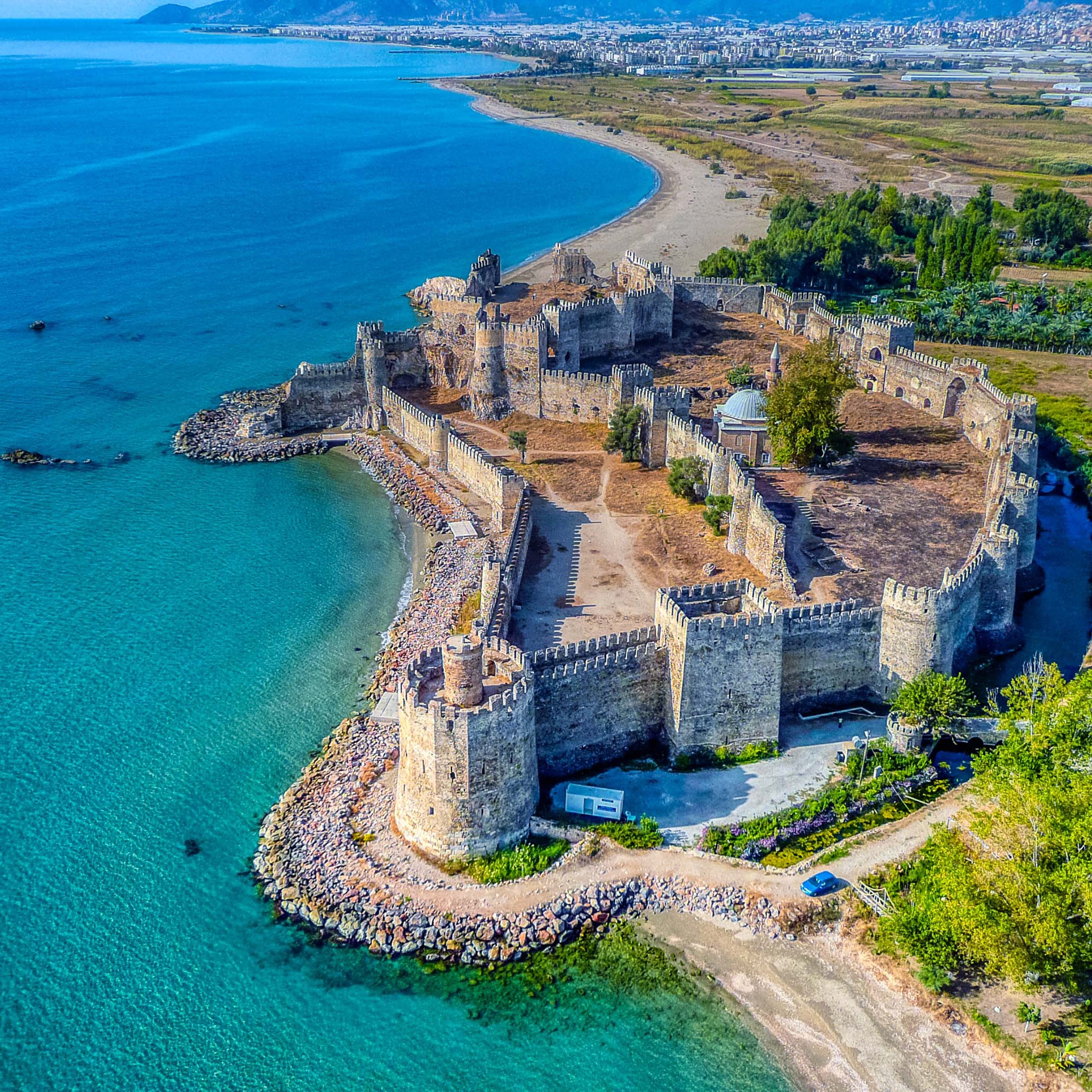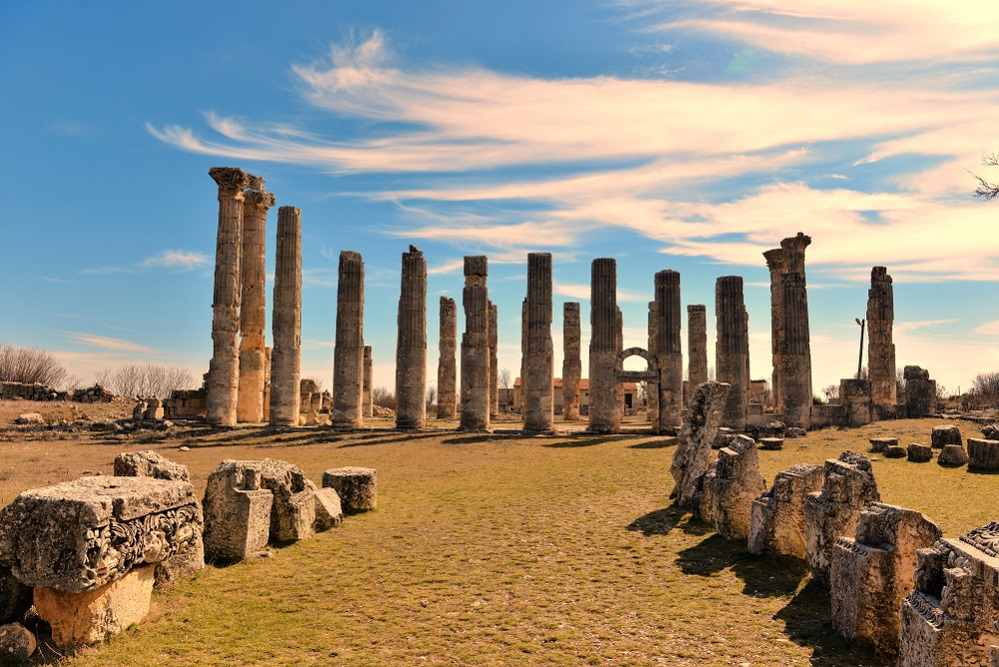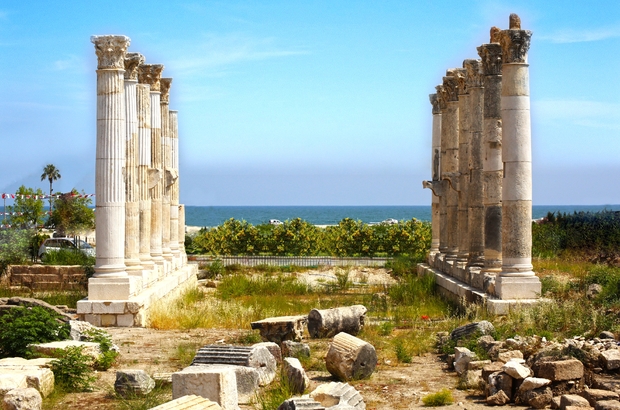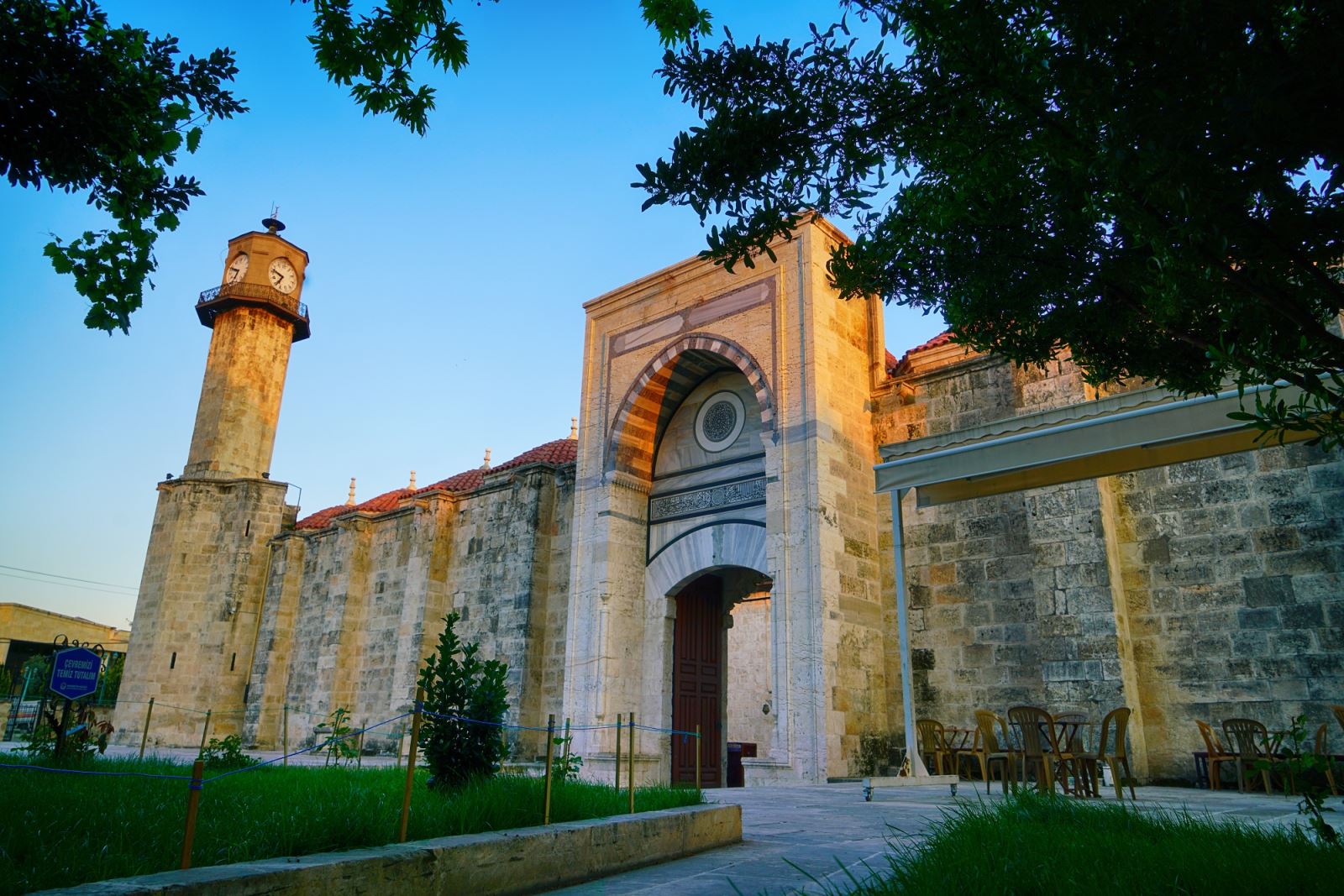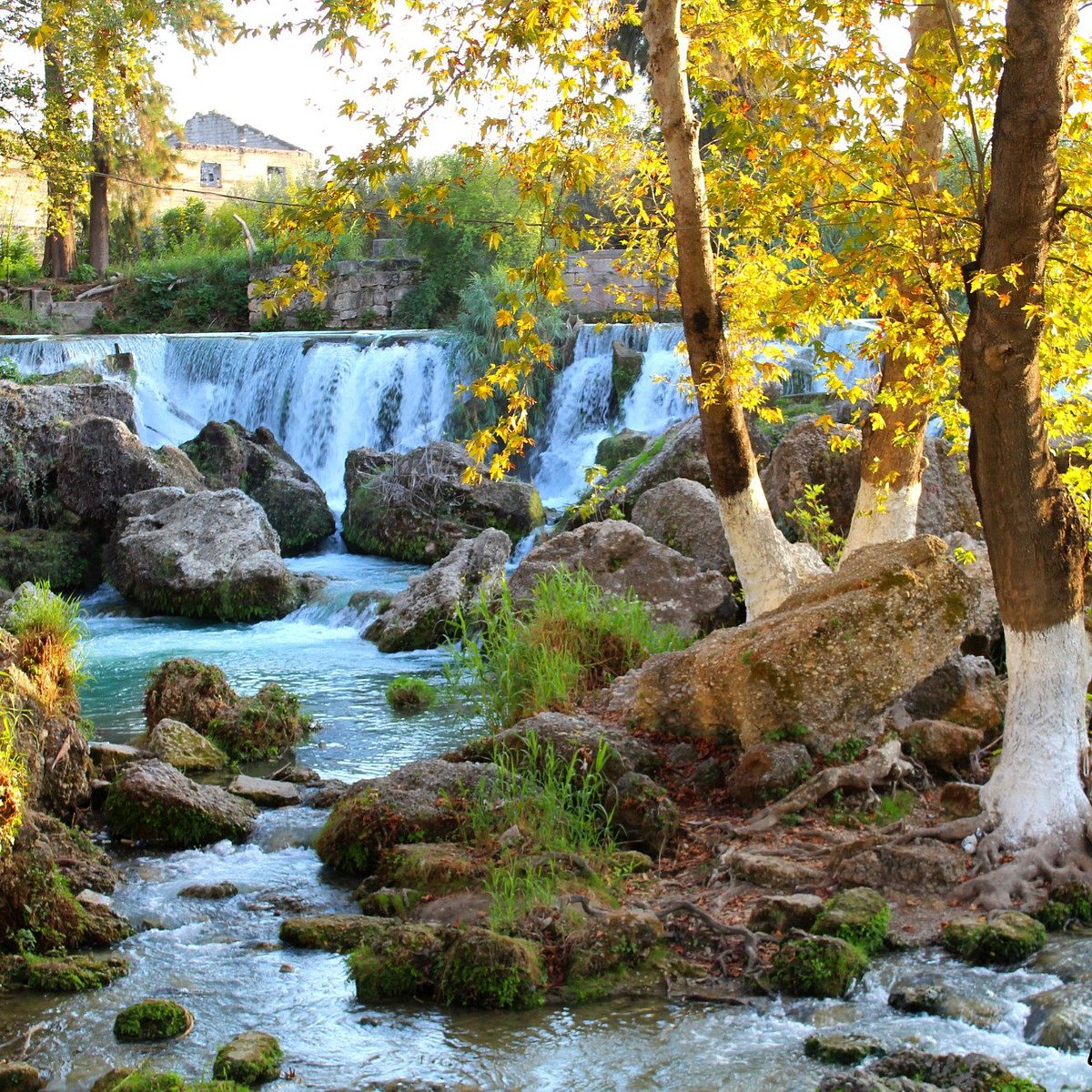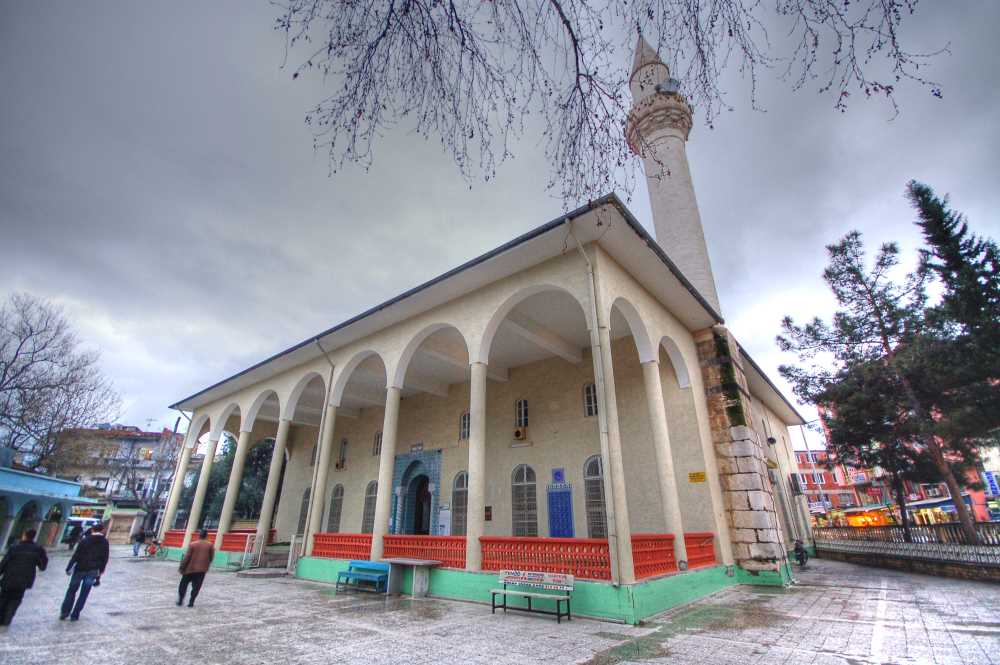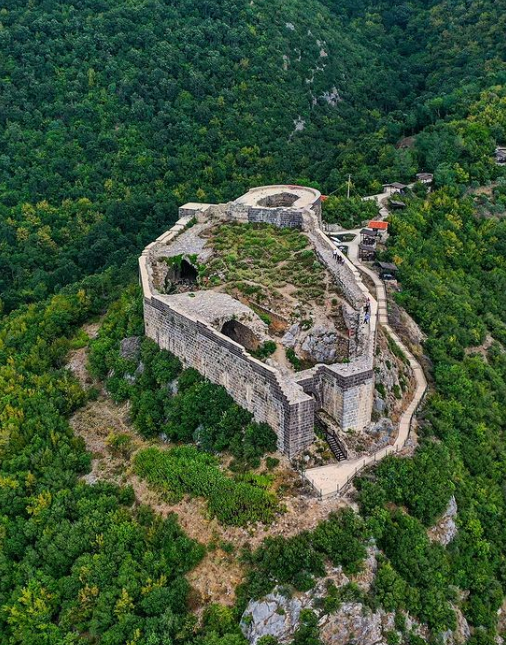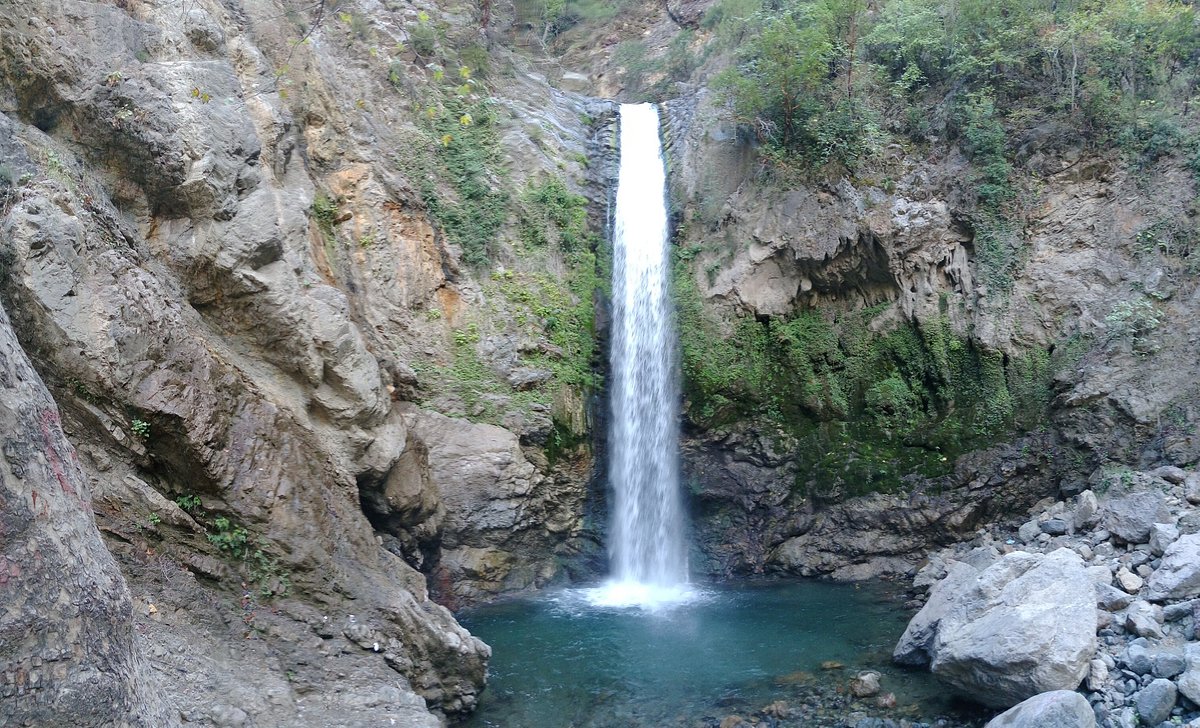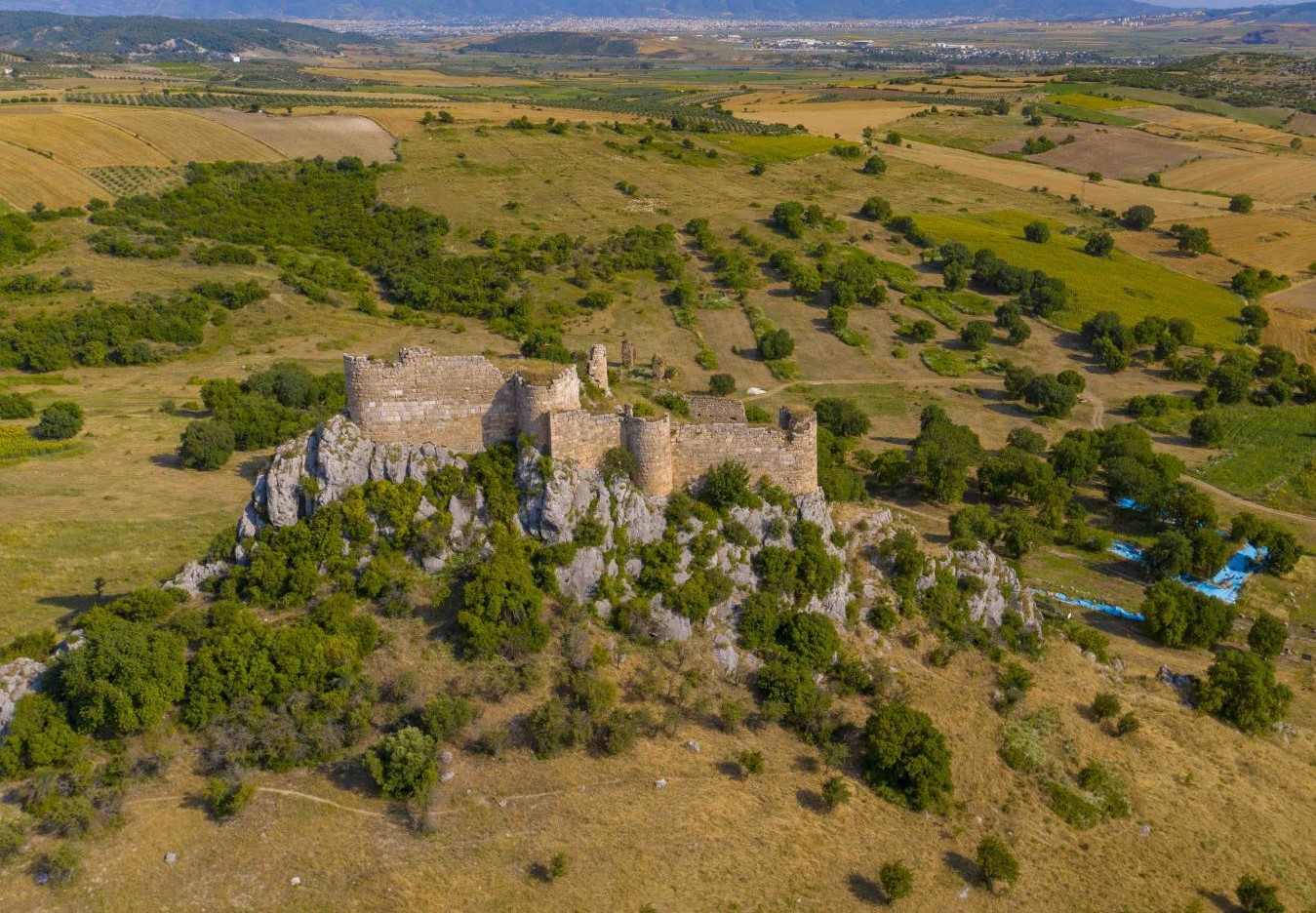Korykos Ancient City
Korykos is an ancient city located in the south of Anatolia, today within the borders of Erdemli district of Mersin. UNESCO added the city to its World Heritage Tentative List in 2014.
History
The first information on the ancient settlement of Korykos may be damaged by the travelers of the settlement during the Hittite period, and in some ancient sources in the historical process continuing with the Hellenistic, Roman, Byzantine and Armenian periods. The settlement of Korykos, one of the important port cities in the Mediterranean, is on a dual defense system consisting of a safe city development that took advantage of the surrounding urbanization and geography in the Hellenistic period, and a sea and a land castle, which has no example in any other region. Thanks to this, Rome has taken the position of a city that highlights the ancient settlement in olive business, oil and wine trade for 500 years. It is seen that it is one of the best properties ancient cities of Rough Cilicia.
Buildings
In the ancient city settlement, 14 permanent churches were influenced by the architectural styles in the area, as well as the fact that the ancient city was reconstructed with a local character, and the Adamkayalar necropolis, which is the mausoleum of the administrator and commander class, located 10 km north of the city walls, is 11 clays that shed light on daily life. , made of plaster, stone, low and high relief- (Relief), (A term used in architecture and sculpture art). It shows that it is one of the most important features that distinguishes Korykos from other ancient cities with similar structures.
Research and Excavations
2005 Korykos (Kizkalesi) surveys
During the 2005 Korykos (Kizkalesi) surveys, the ancient settlement continued the study of the temple and the columned highway architectural elements and the topographical map of the Total Station and the Korykos settlement, as well as these two nests. First, the new findings about the temple, its surroundings and the colonnaded road were mentioned. There are architectural pieces belonging to the temple from the places. In the decorations on the blocks with frieze, the pony decorations under the wild boar or wolf-like animal depictions in the plant motifs, the row of eggs under these decorations, the string of pearls under the row of eggs, and then an empty space form the beginning of the architrave; After the straight section, there is a second pearl sequence and again a flat area, it ends with a third pearl sequence and again a straight section. Beam cavities were cut on all the frieze blocks. These beams, which are probably of second use, were created to carry the wooden roof of the house built in the next universe, while these architectural elements were still being used in the superstructure. The columns on both heads, where the soffit in these architectural pieces ends, house the ground units. temple architectural decorations; due to moving leaf motifs and proportions İ.S. It can be dated to the second half of the 2nd century. A Corinthian marble capital found, unlike other schematized capitals, the acanthus extension is given with all its inner frames and explanations. The fact that this capital is so different and made of marble indicates that they existed side by side in different periods with different structures in the same region or that the temple developed in different periods. Granite column fragments that should be interpreted in this context are also found in the same area.





